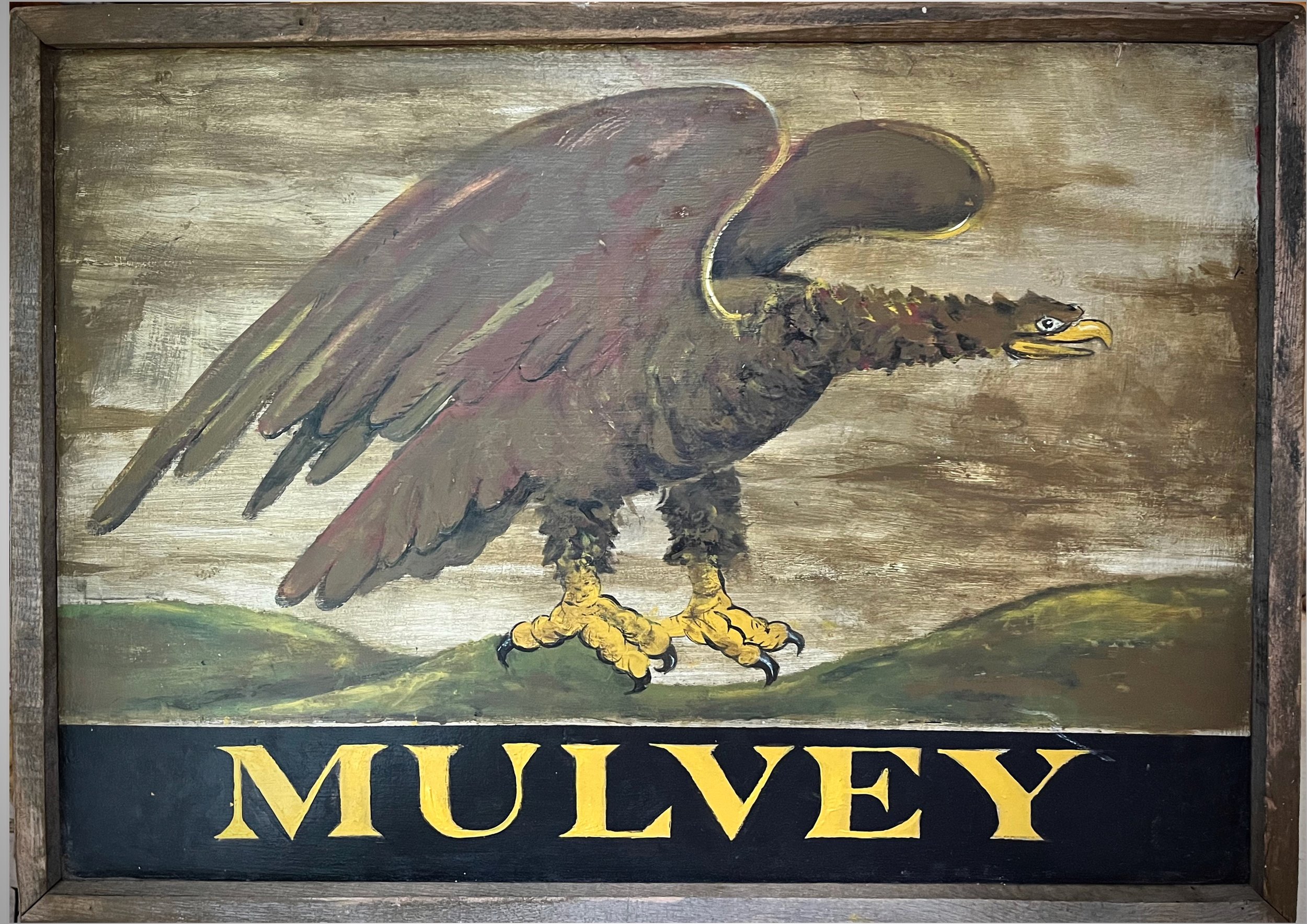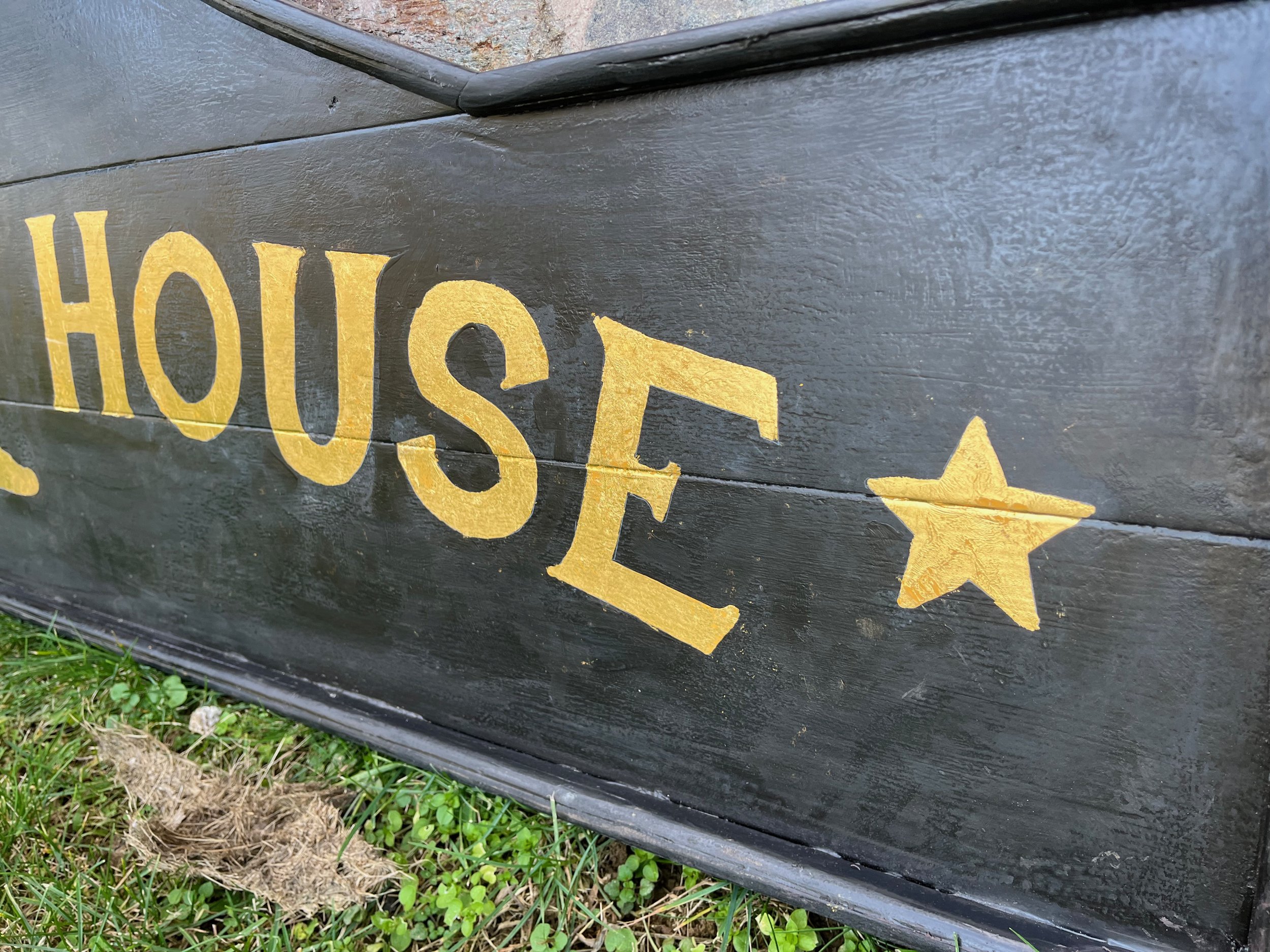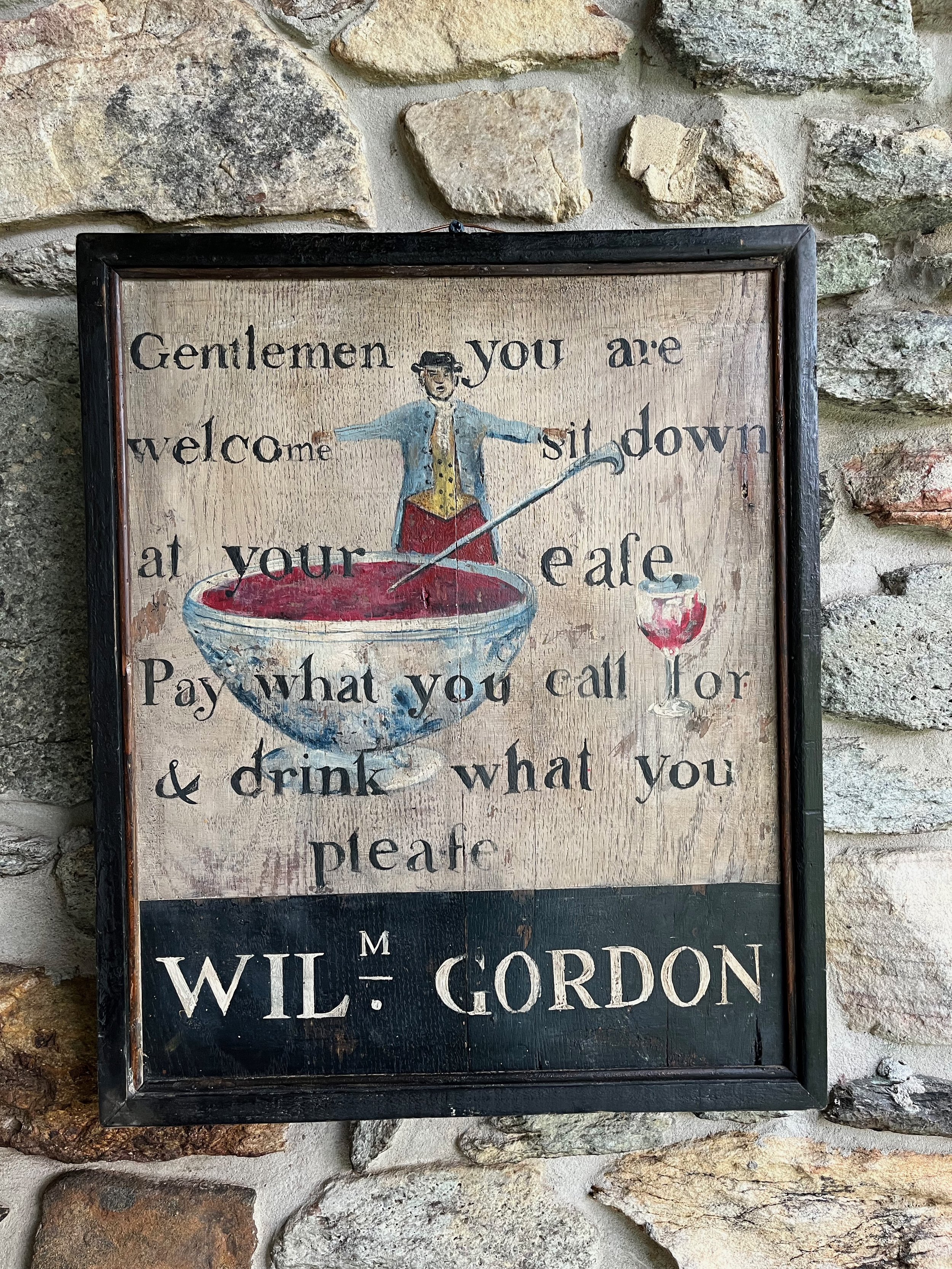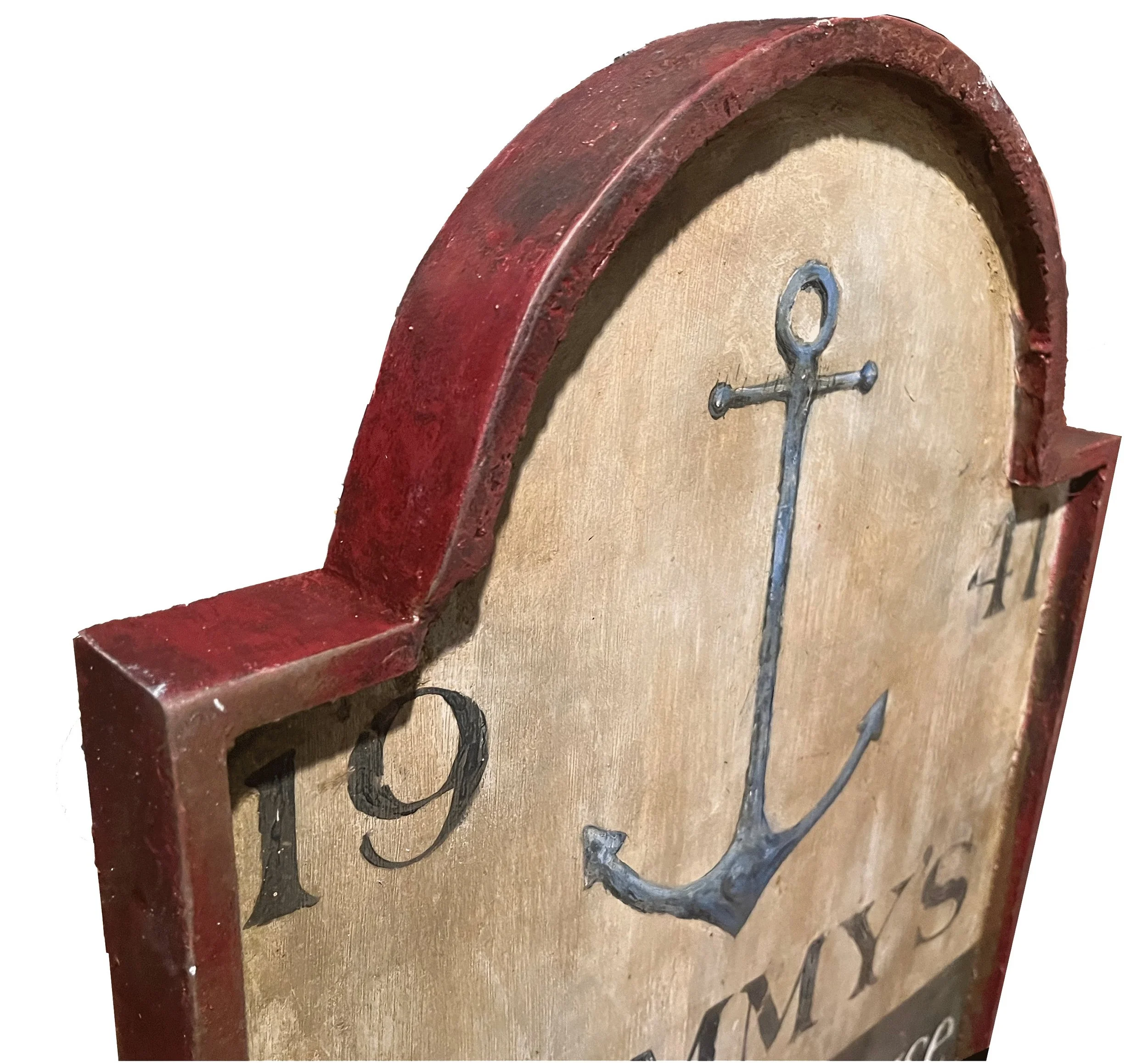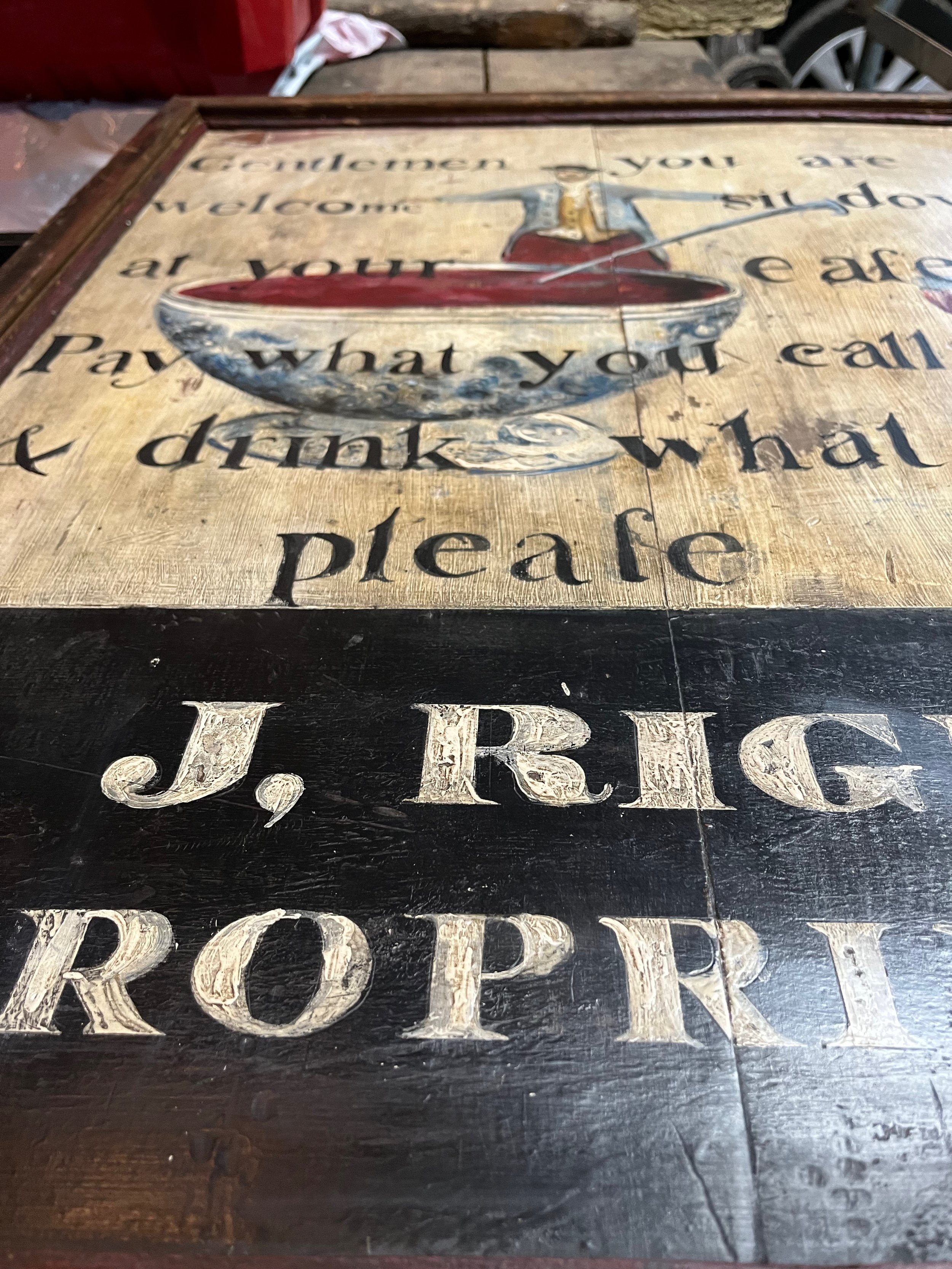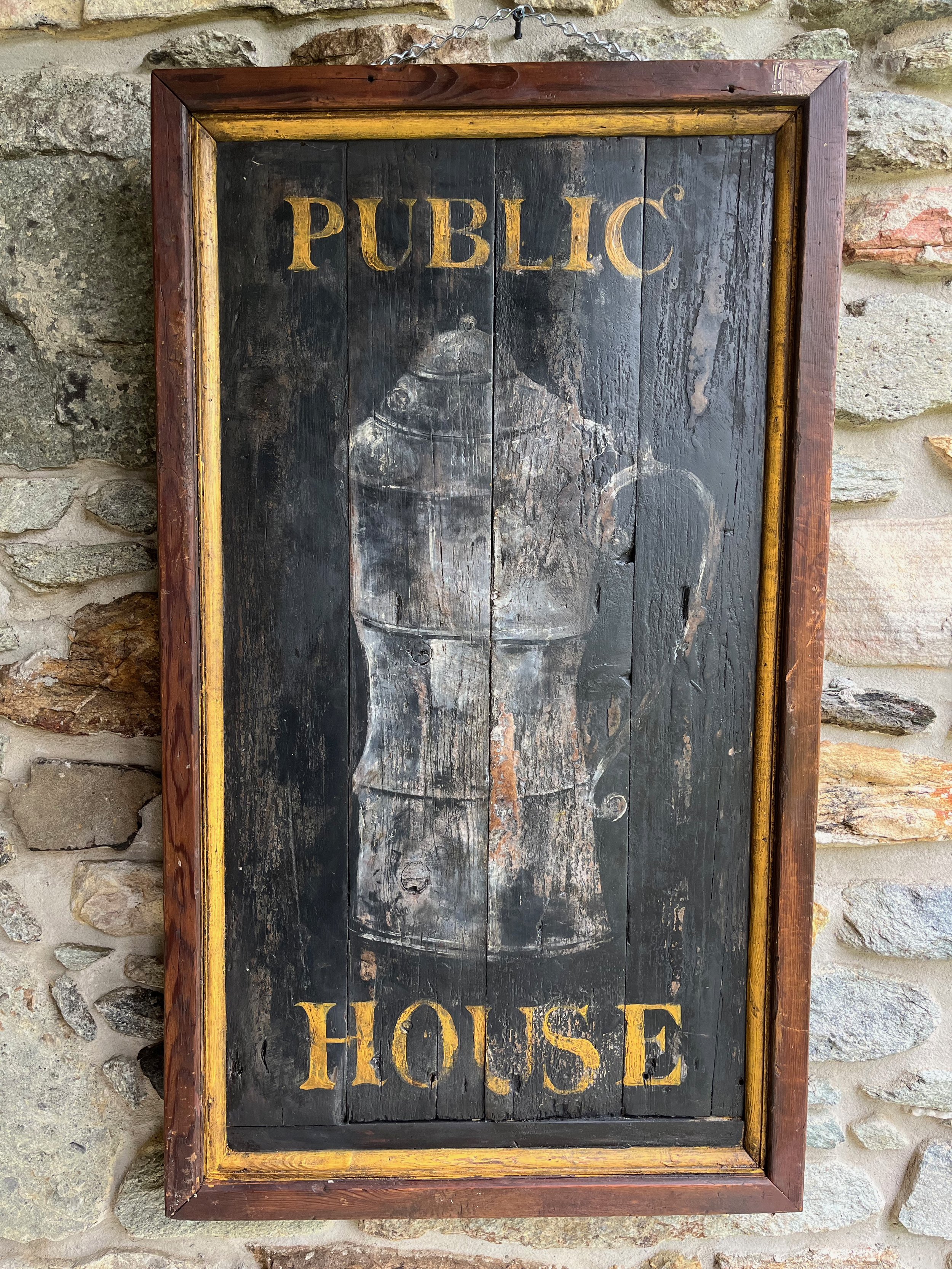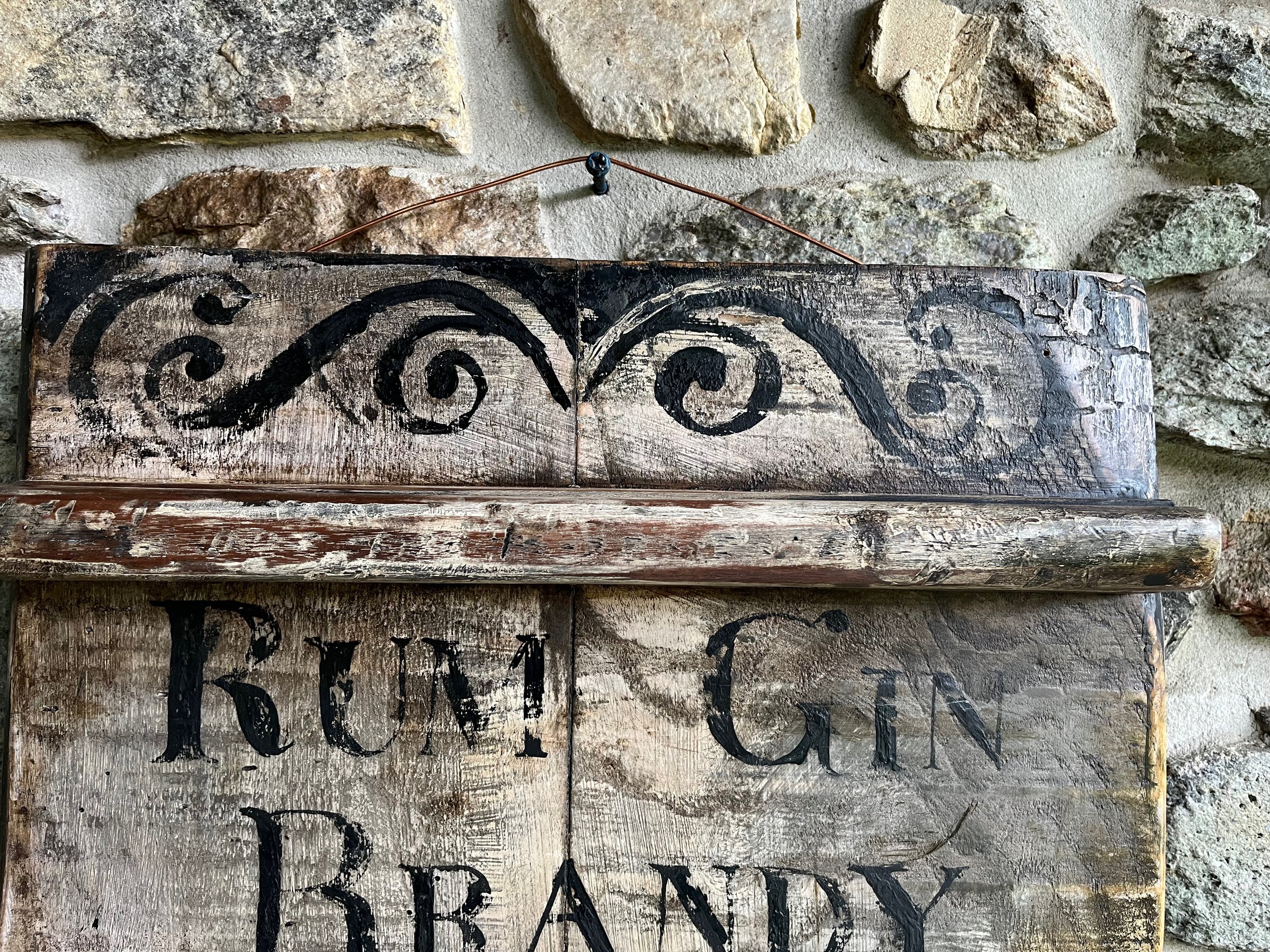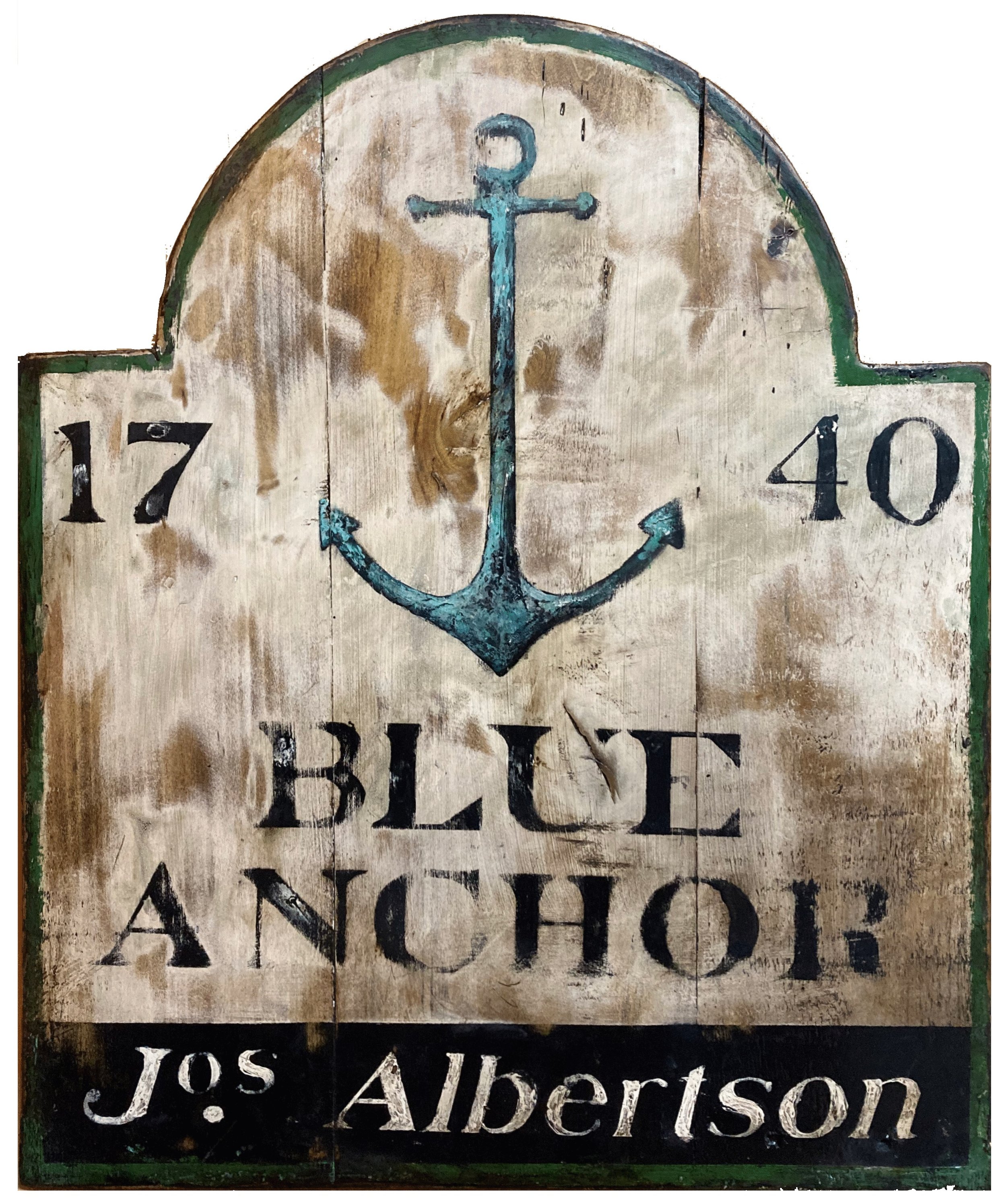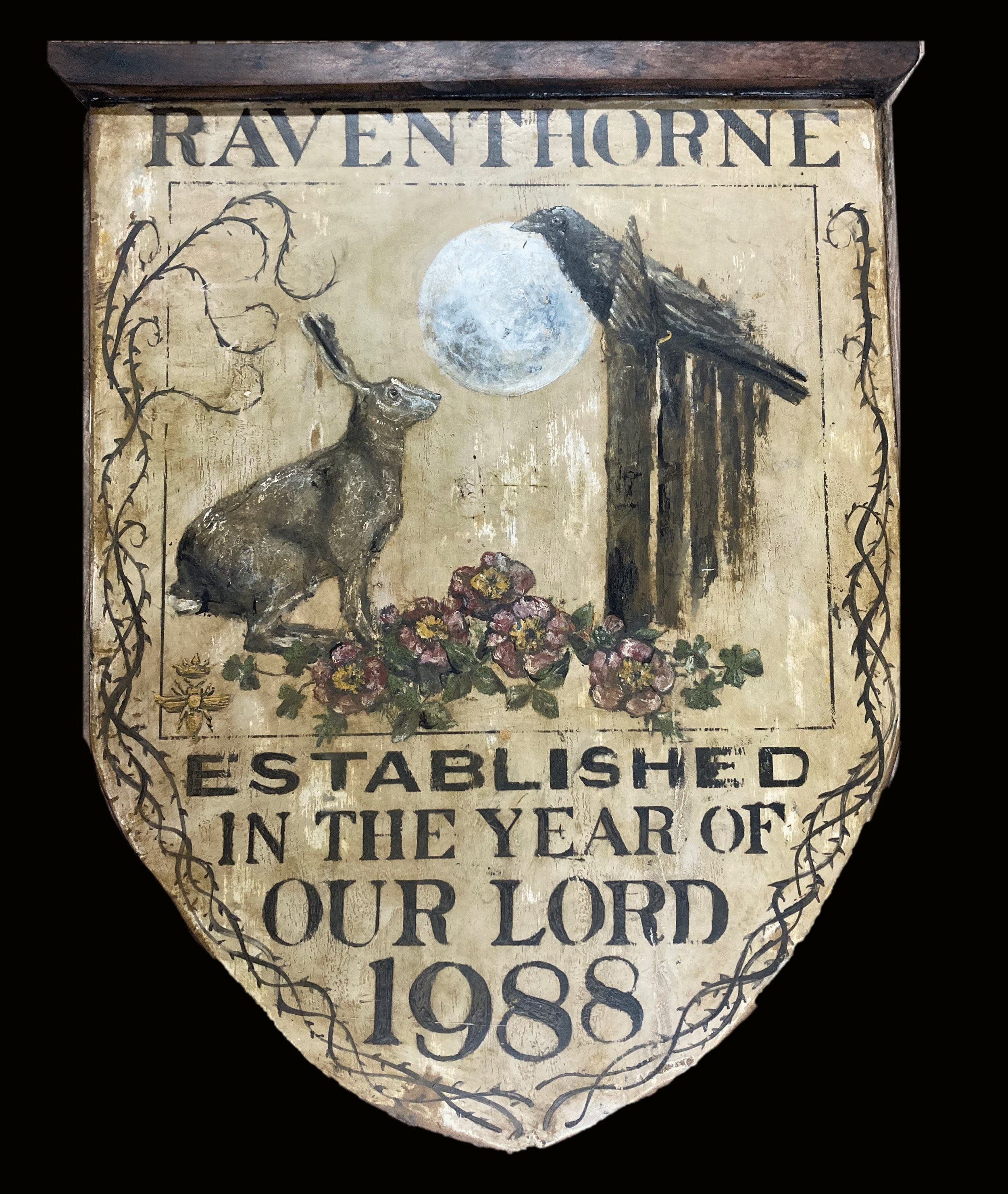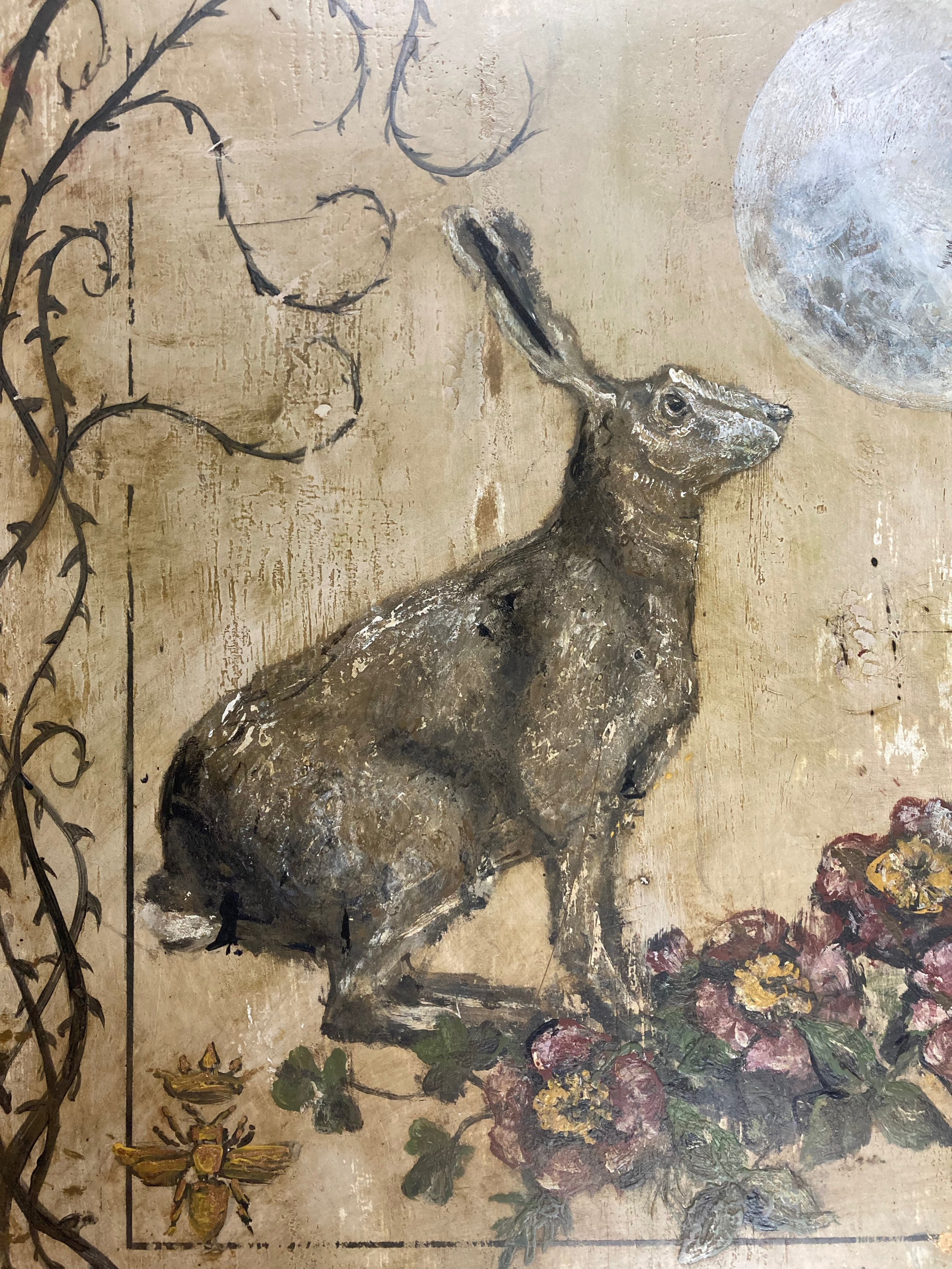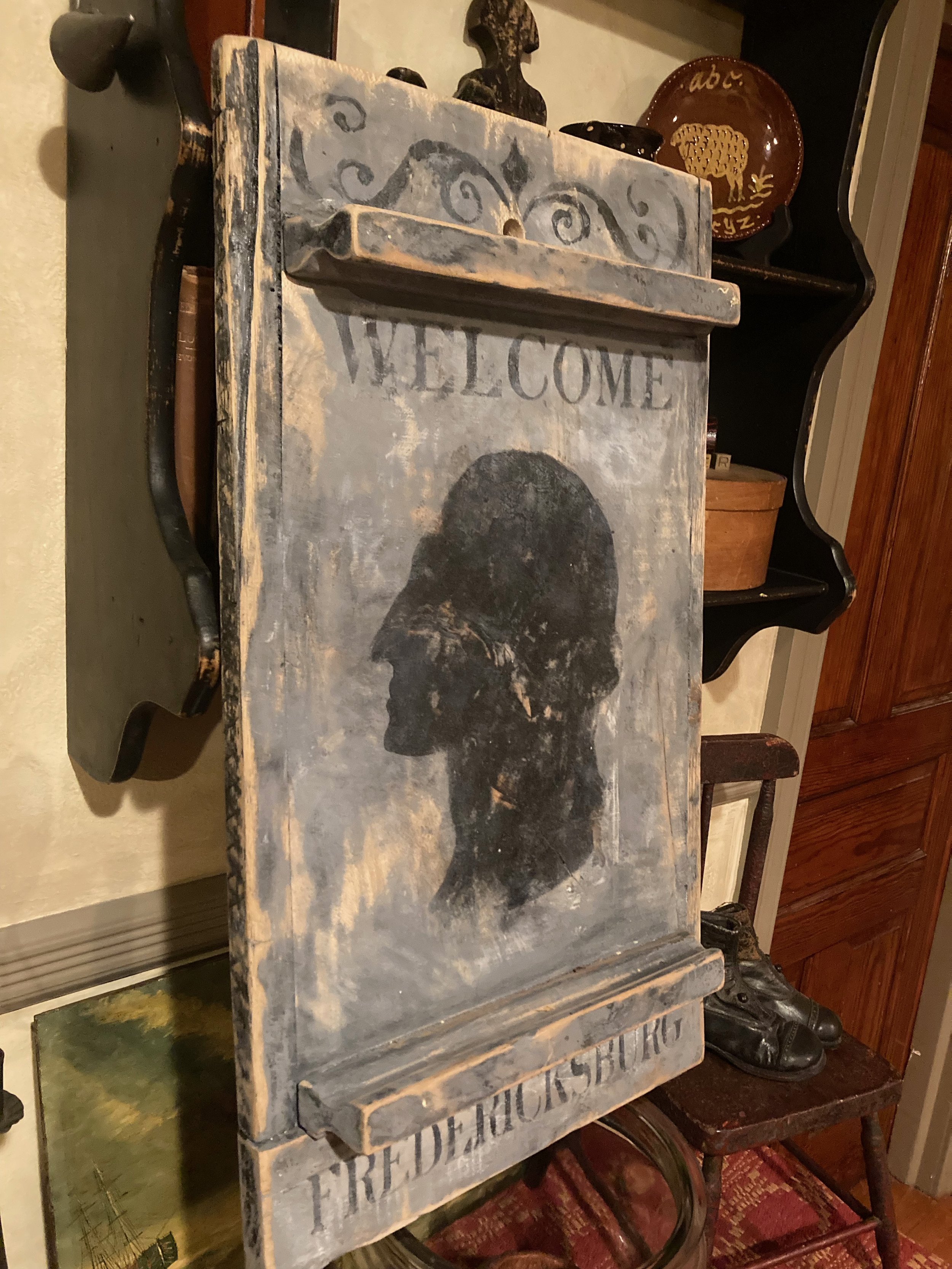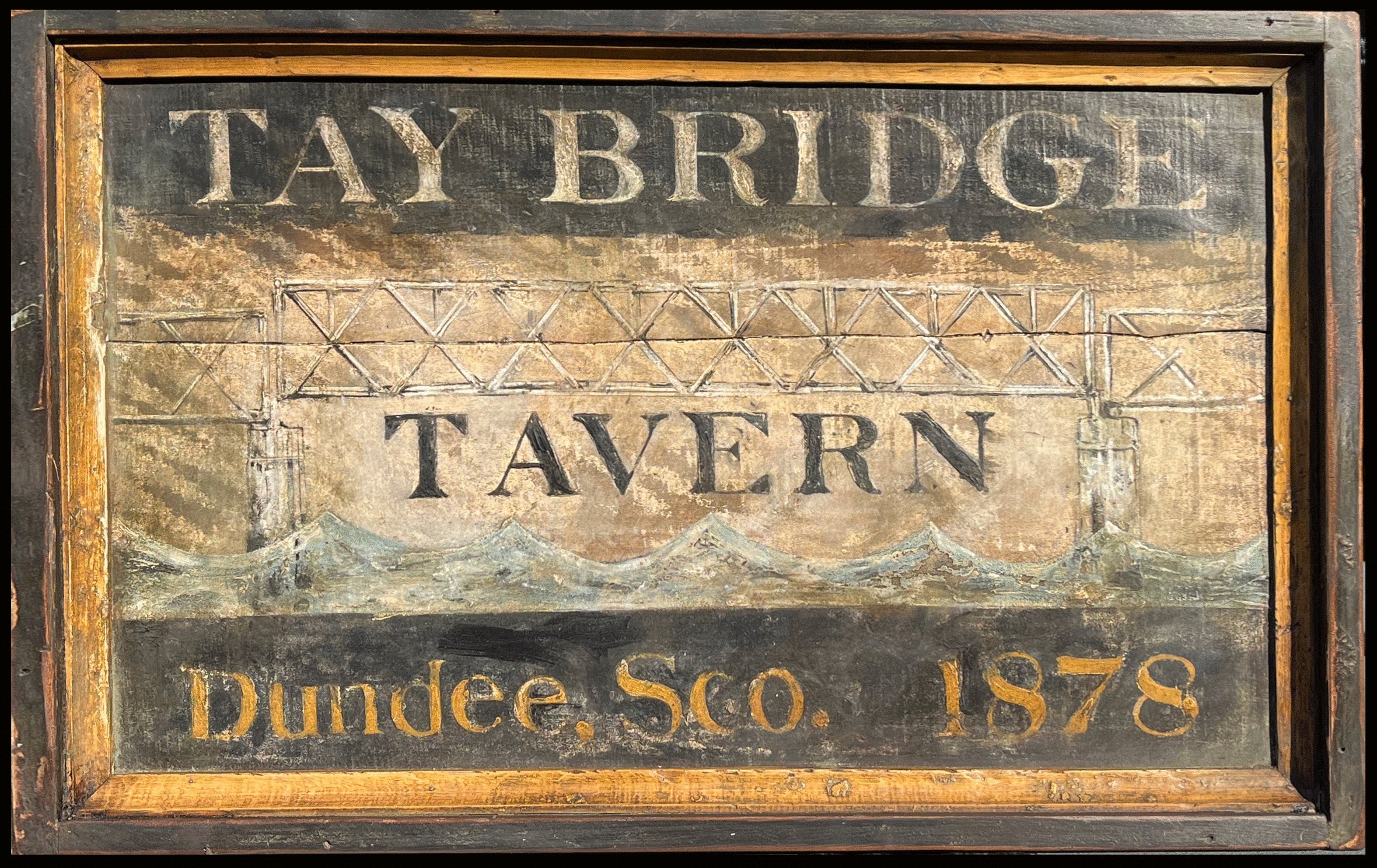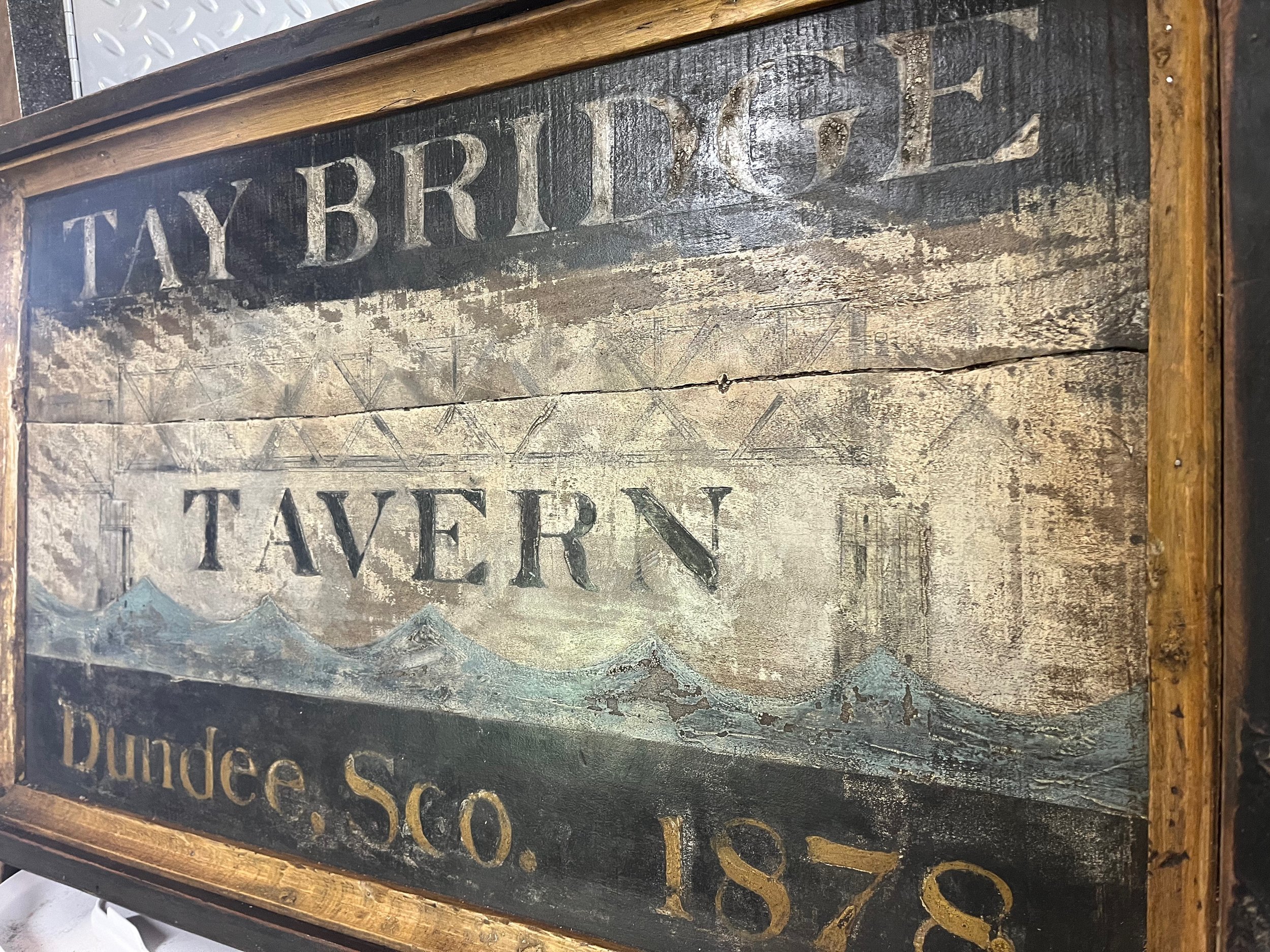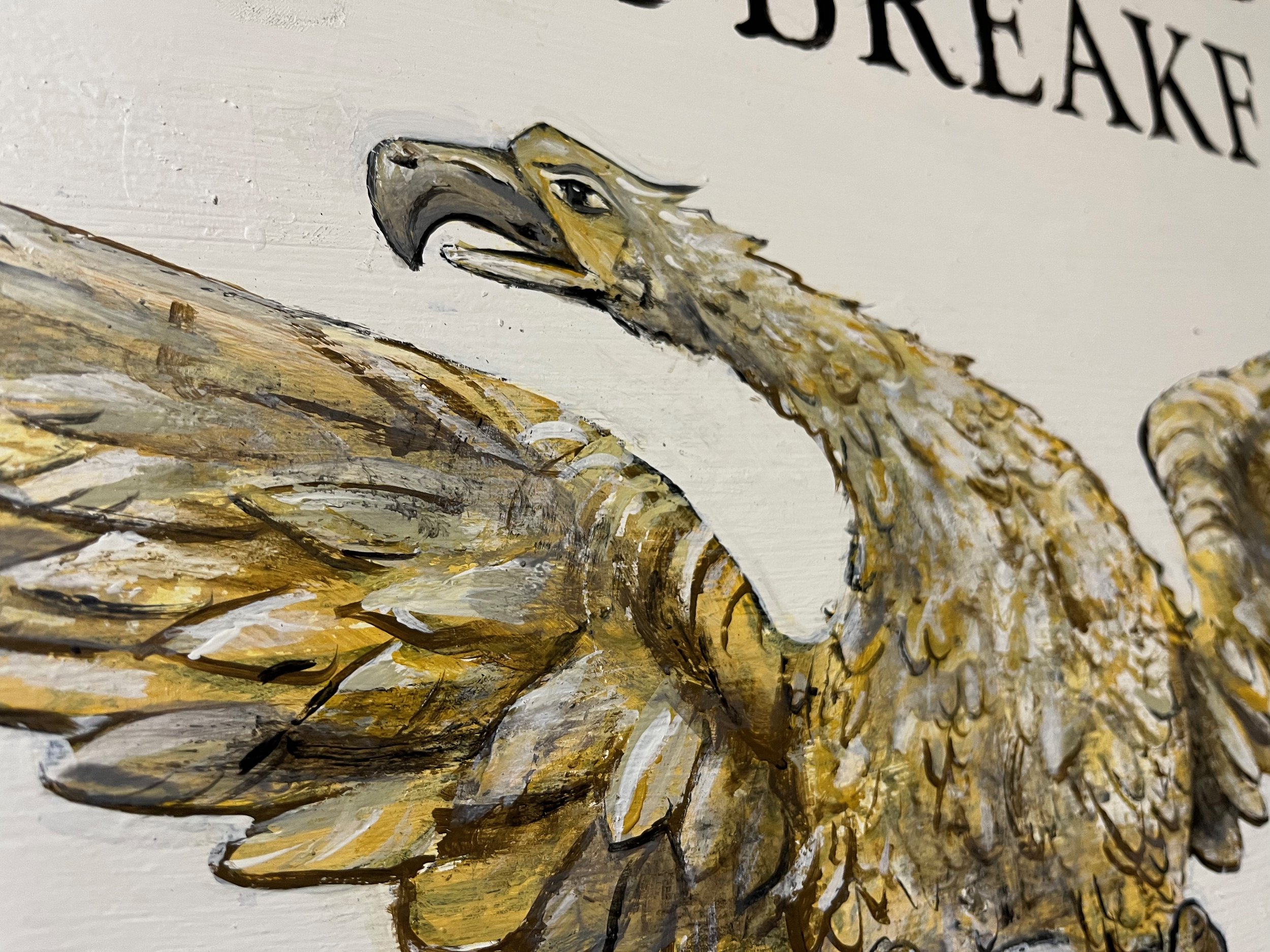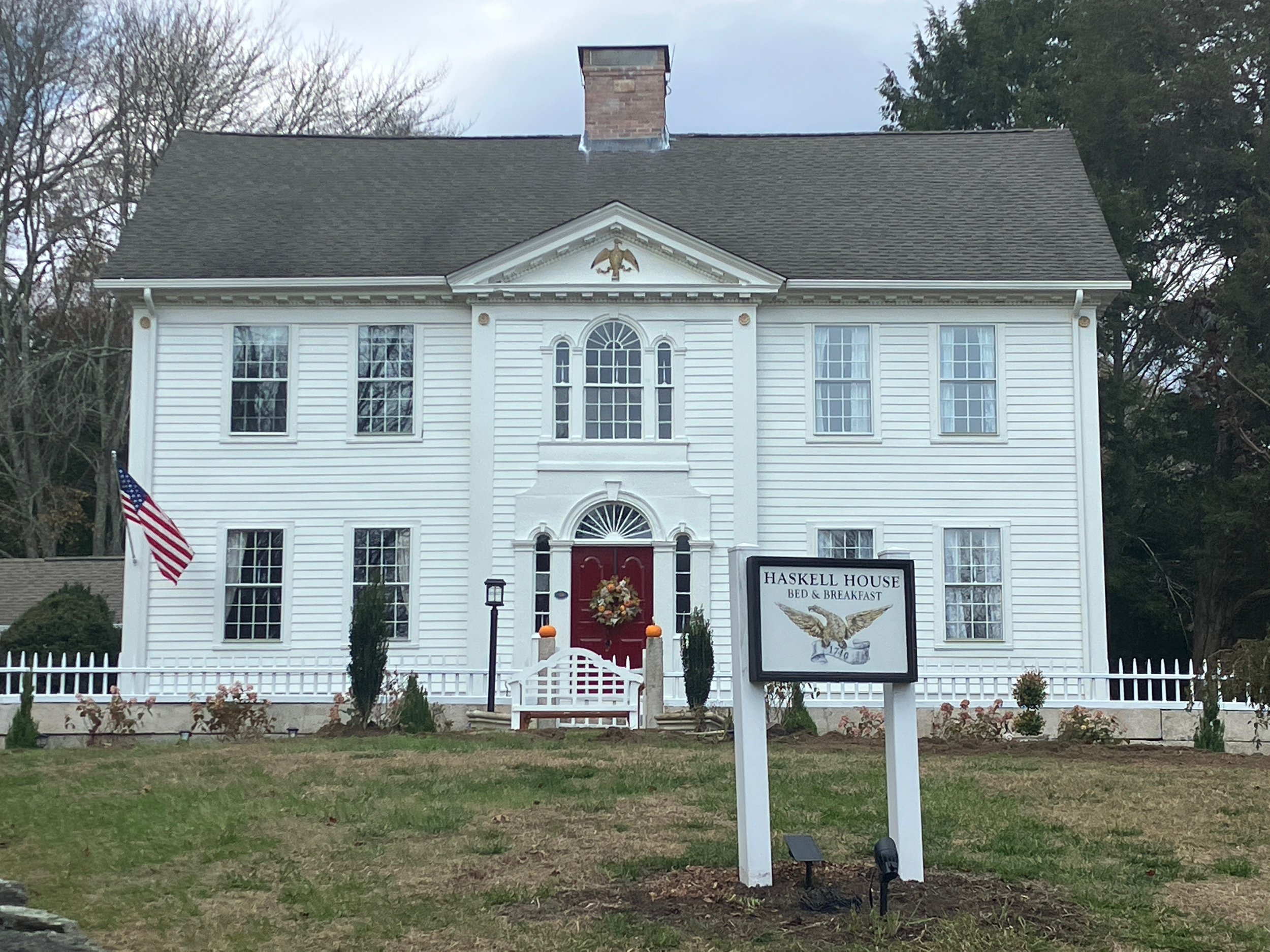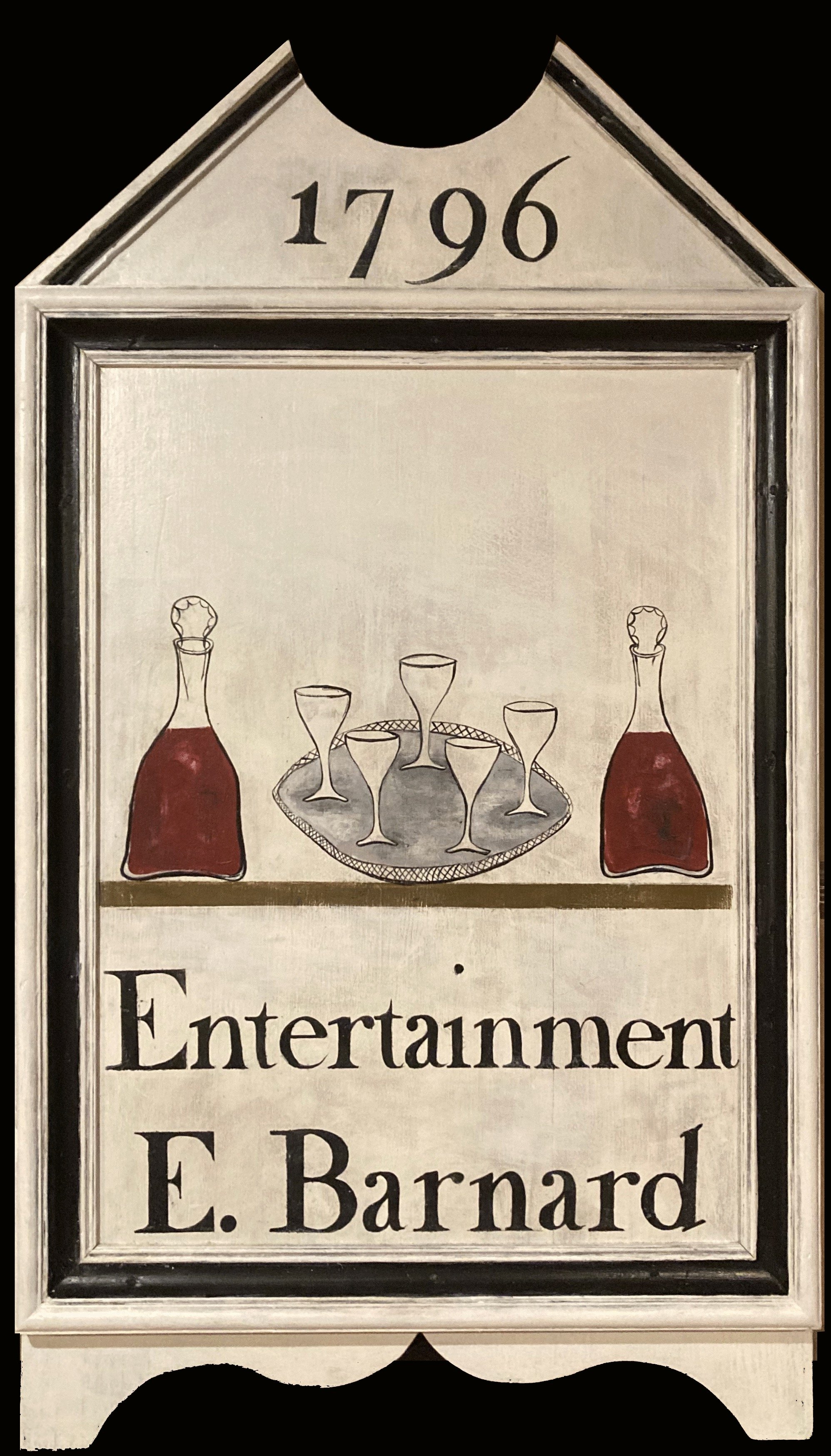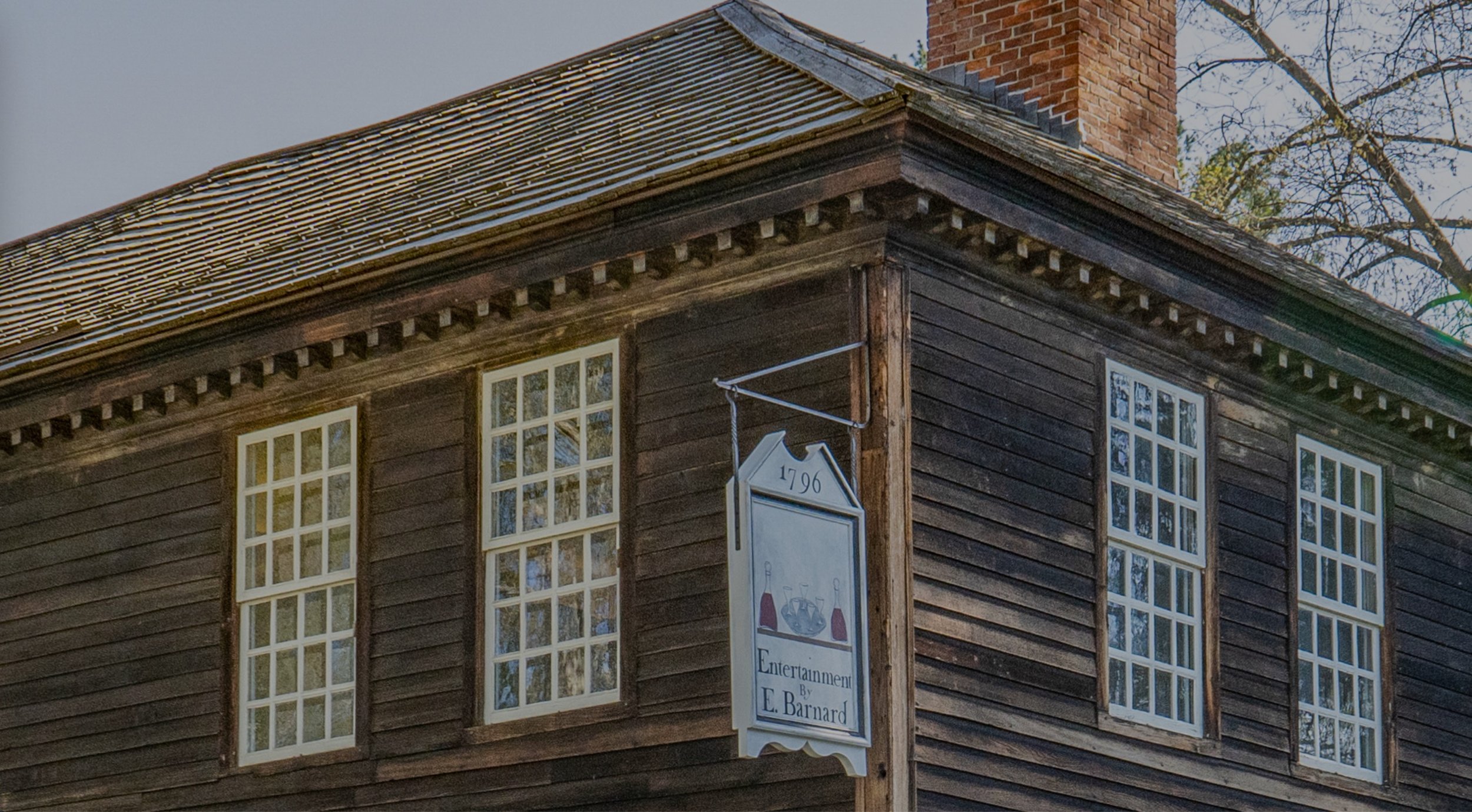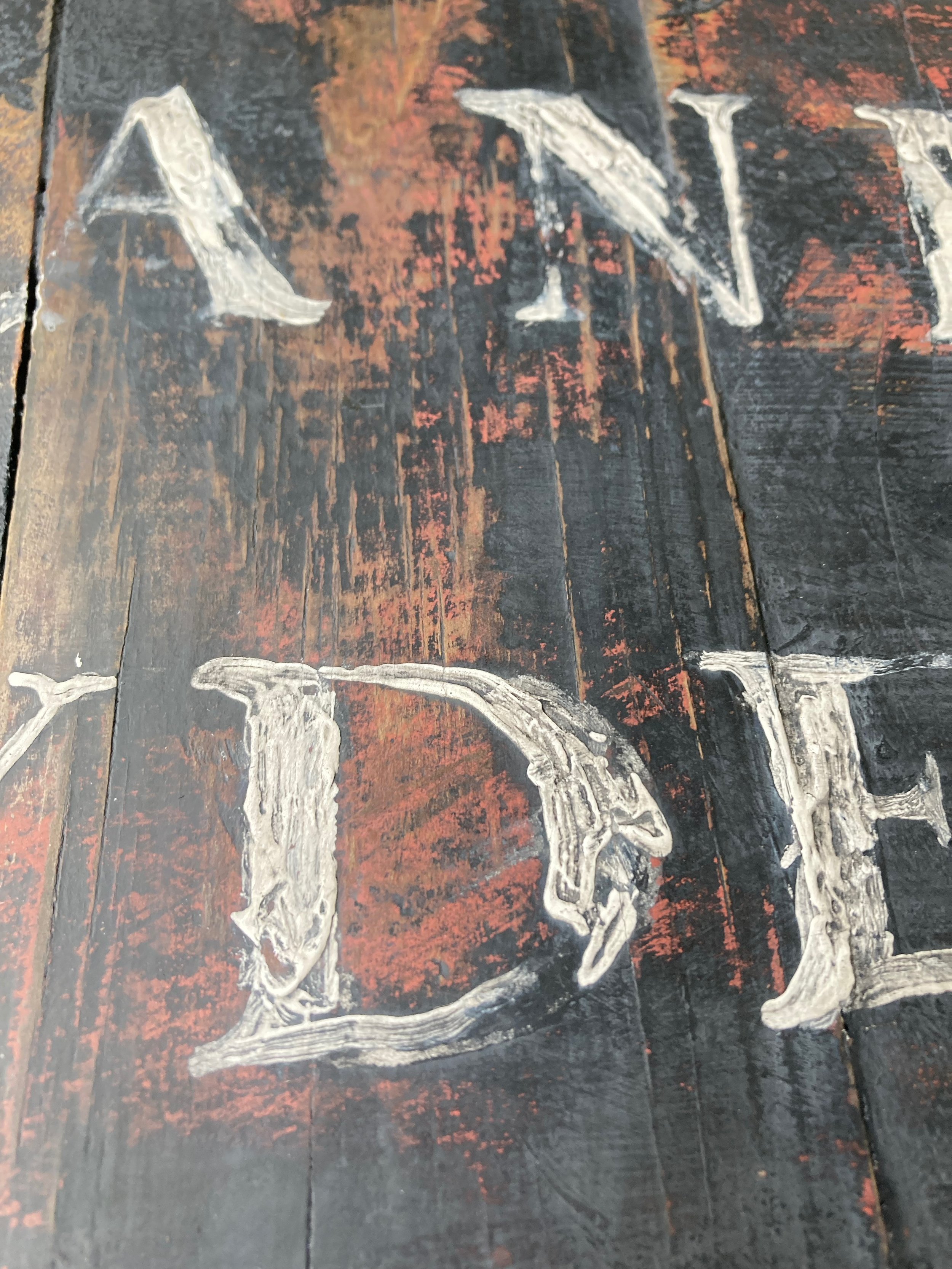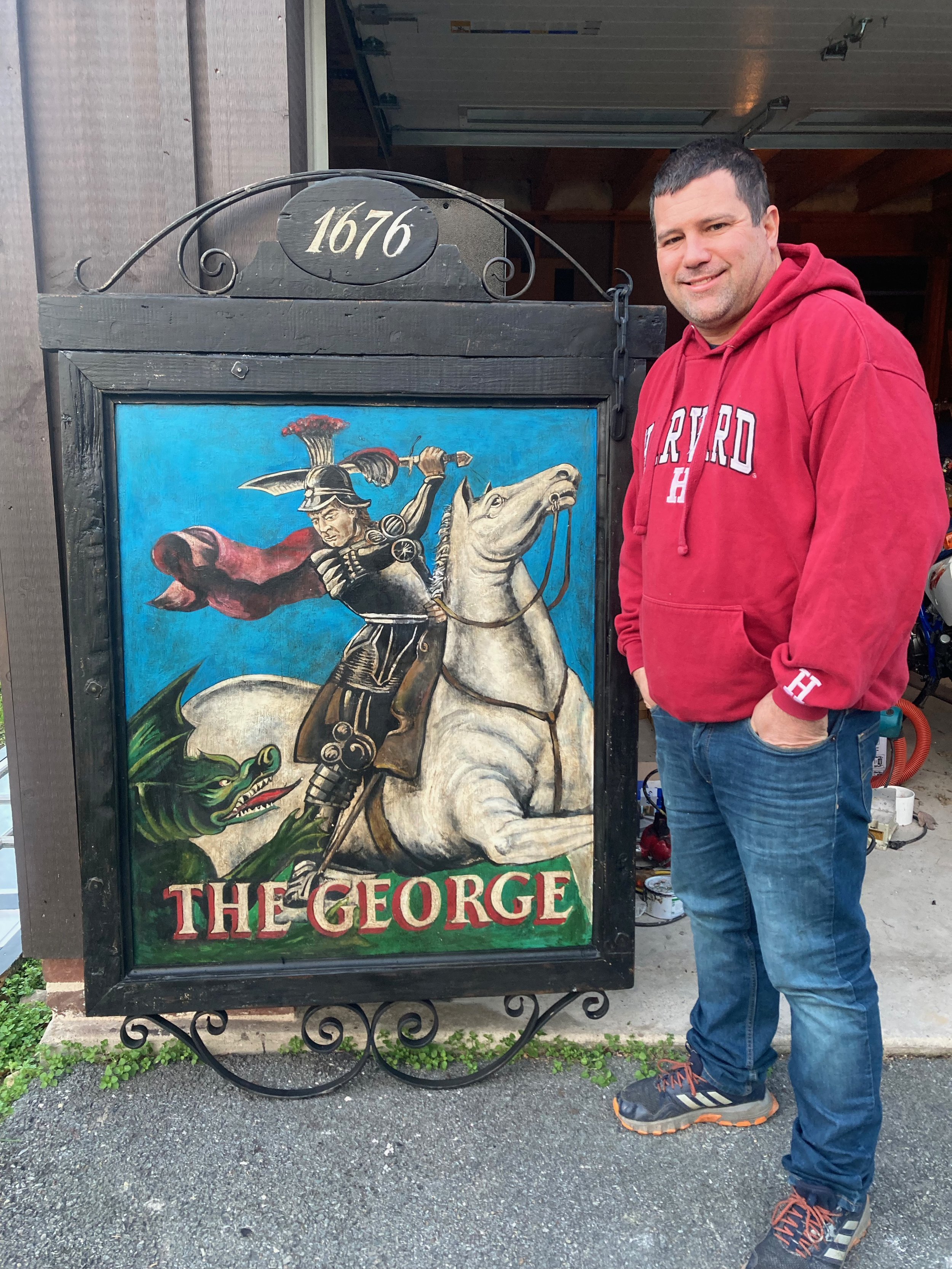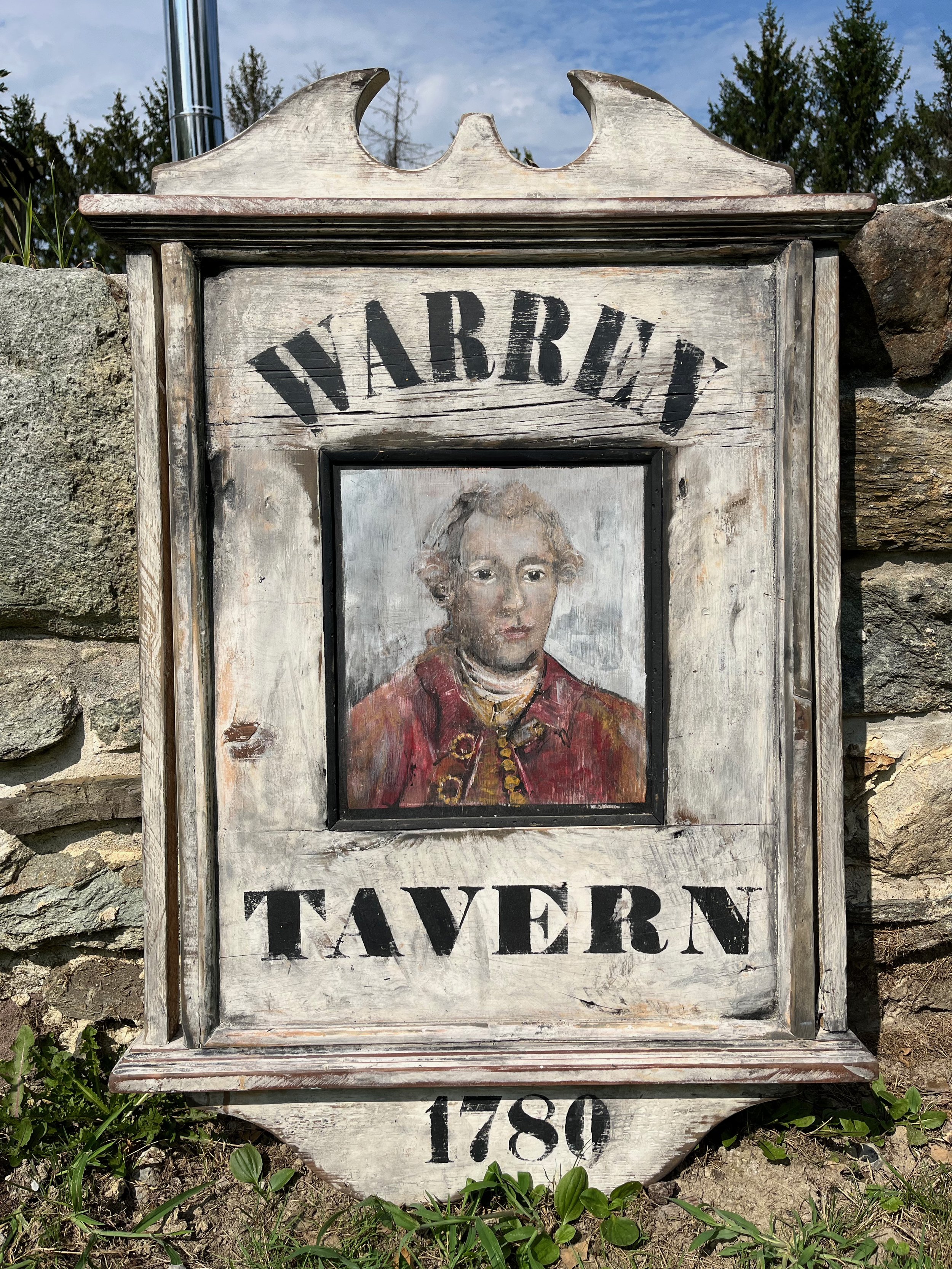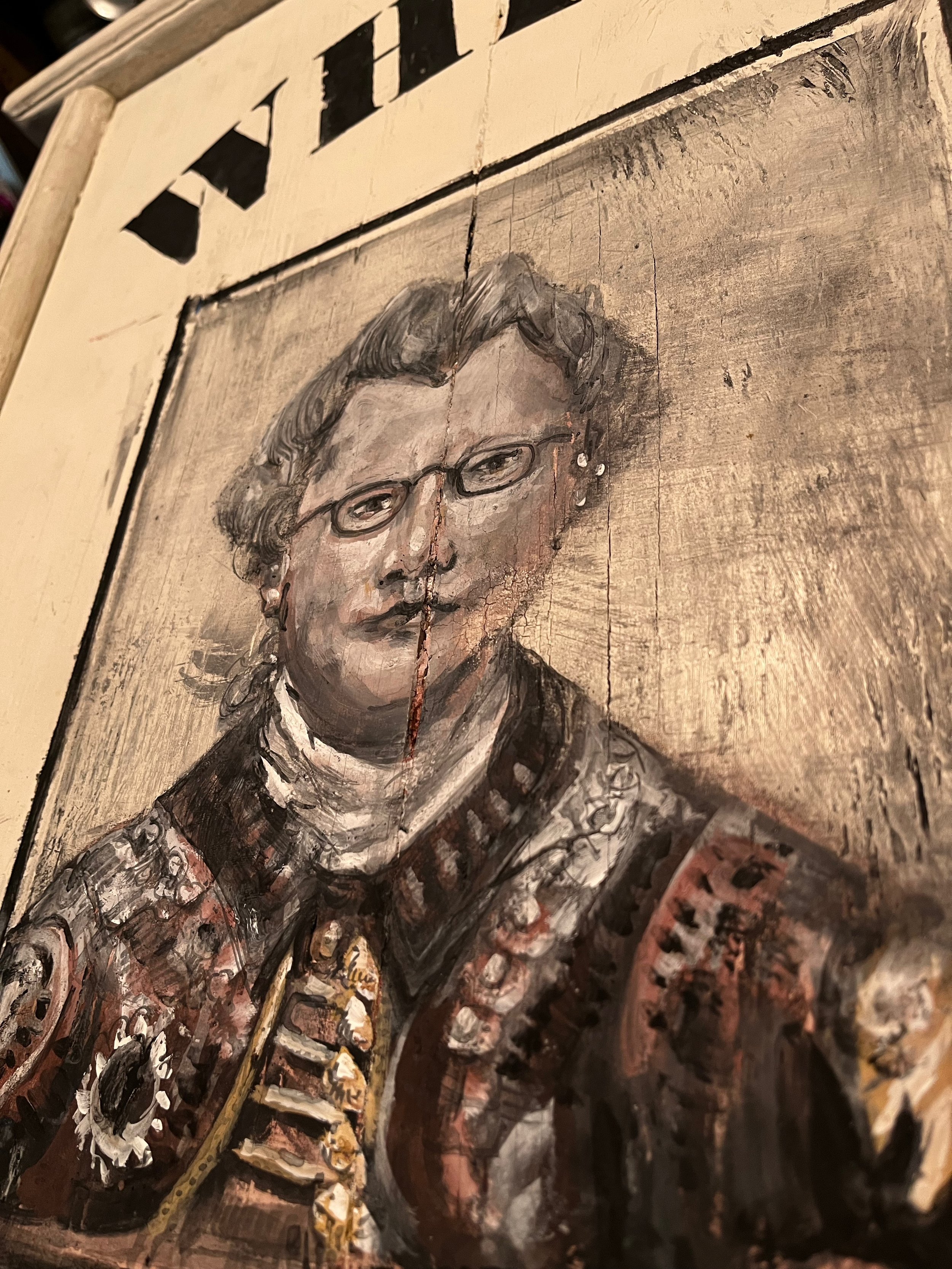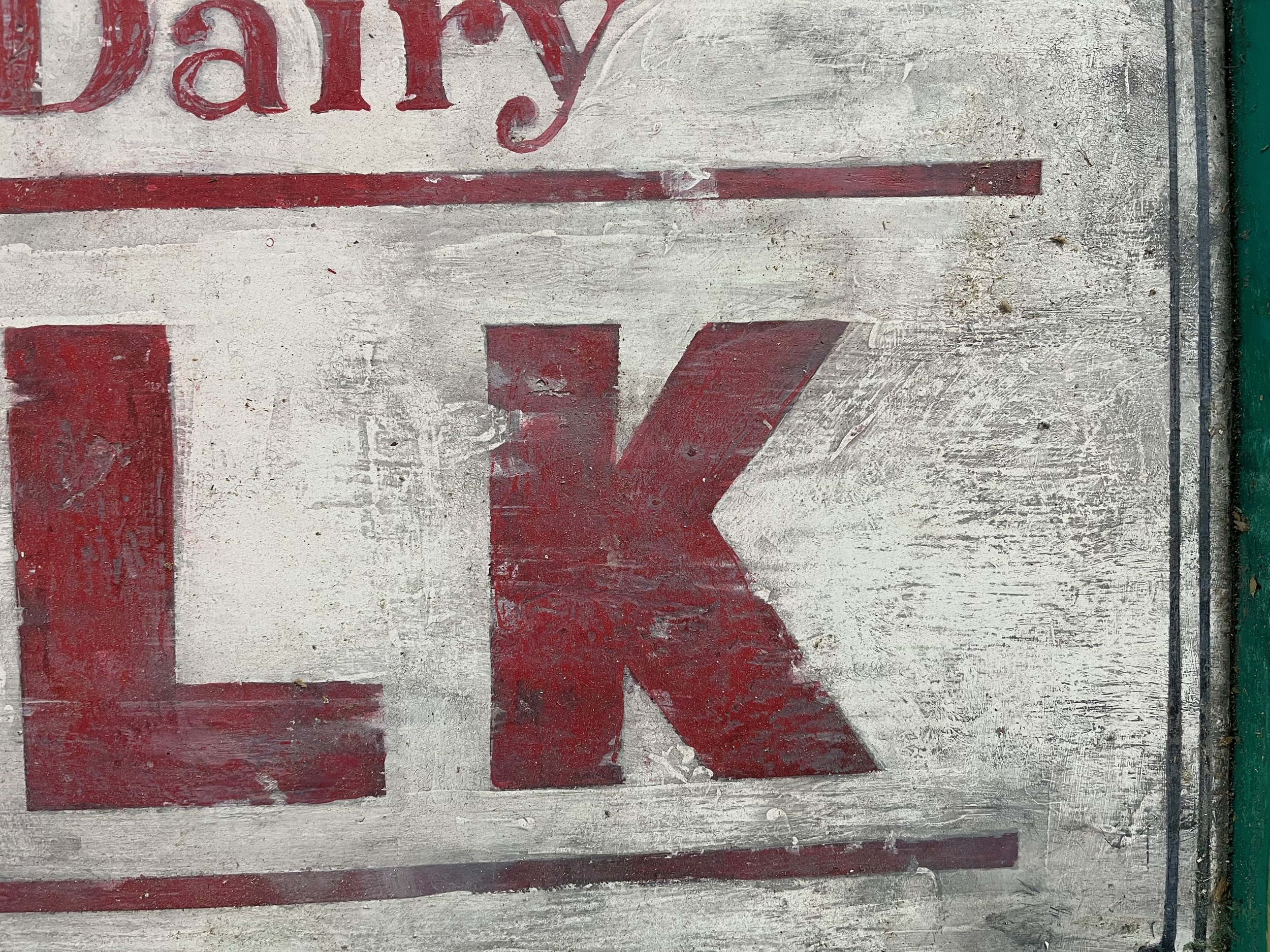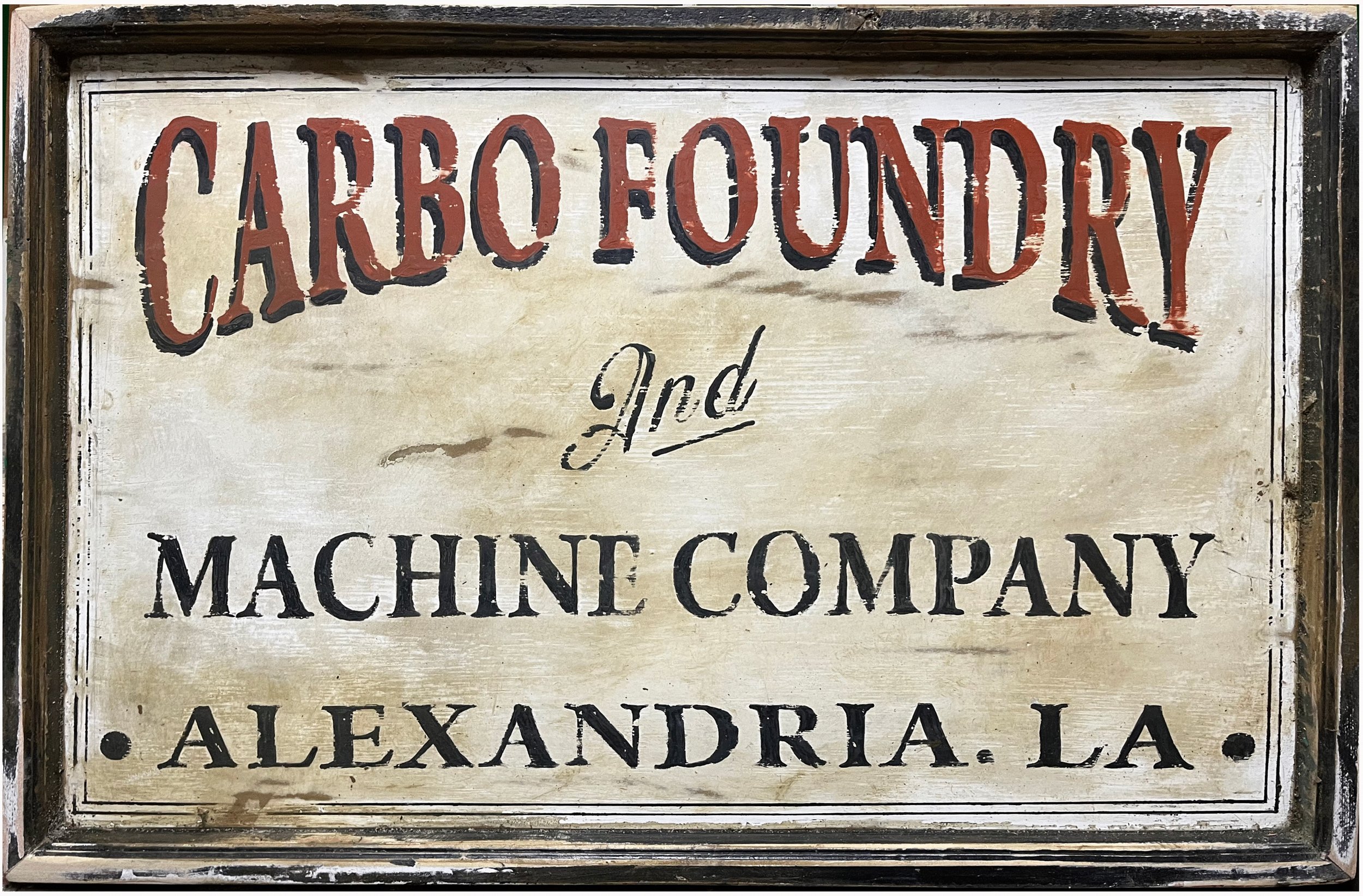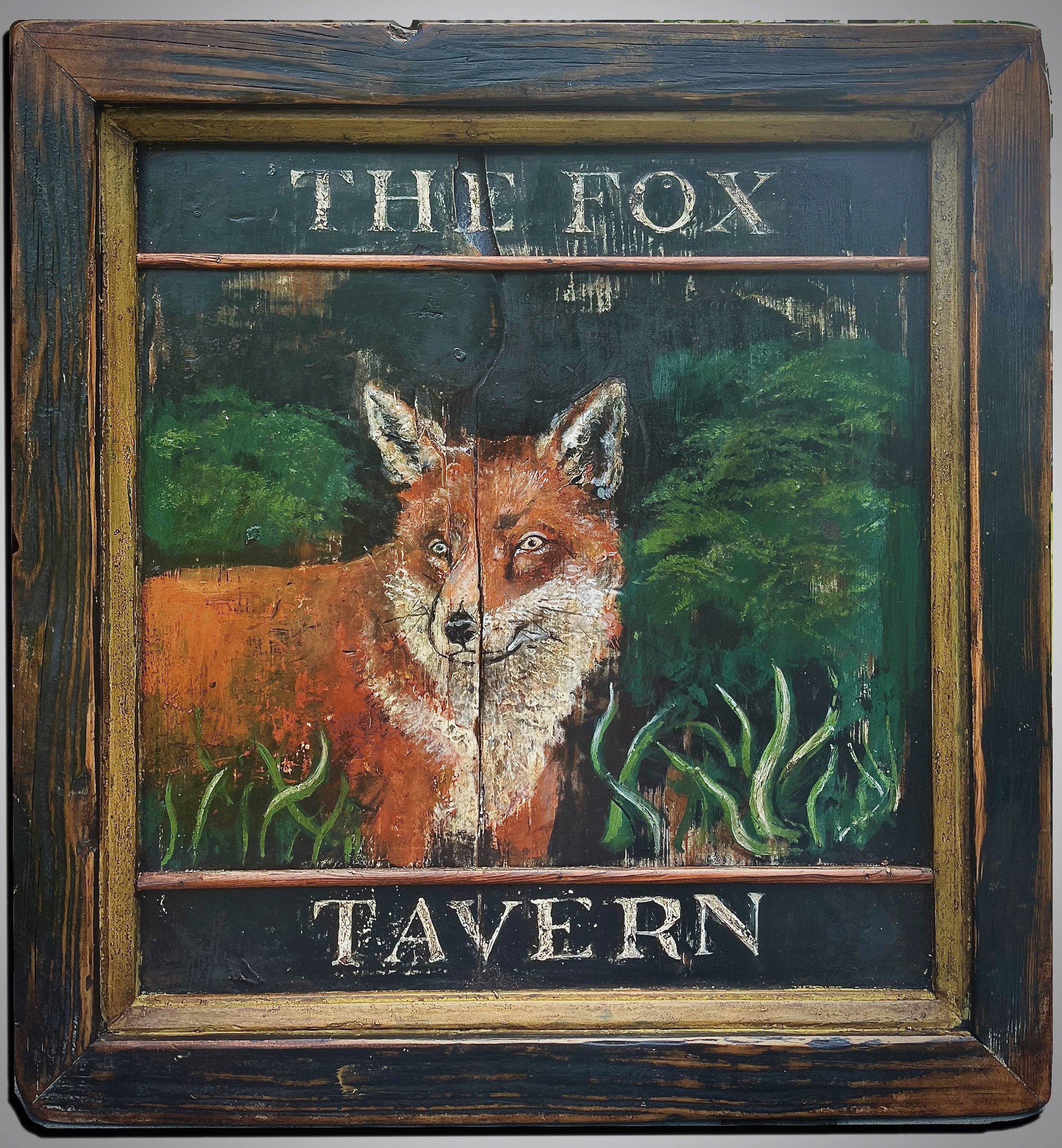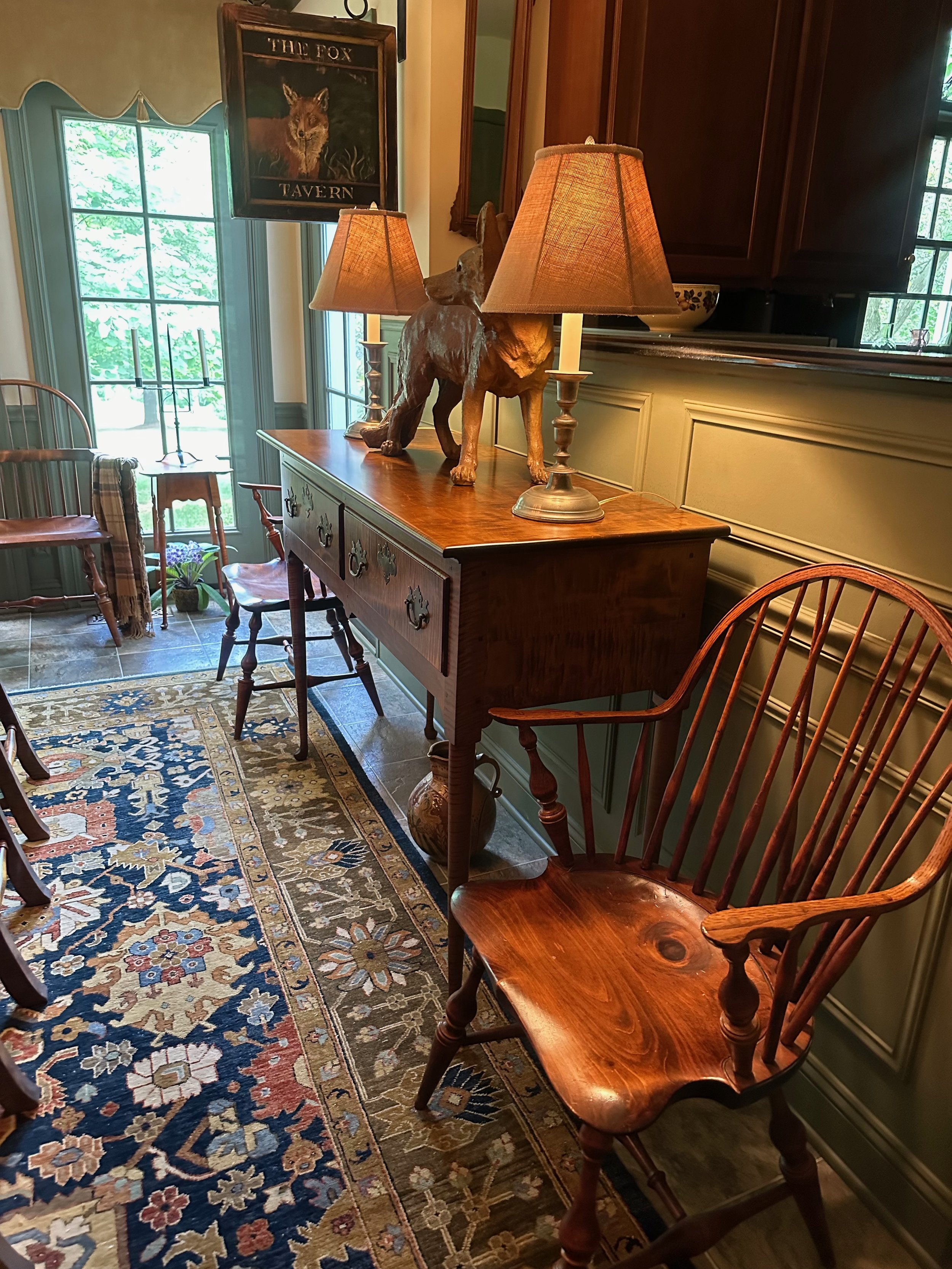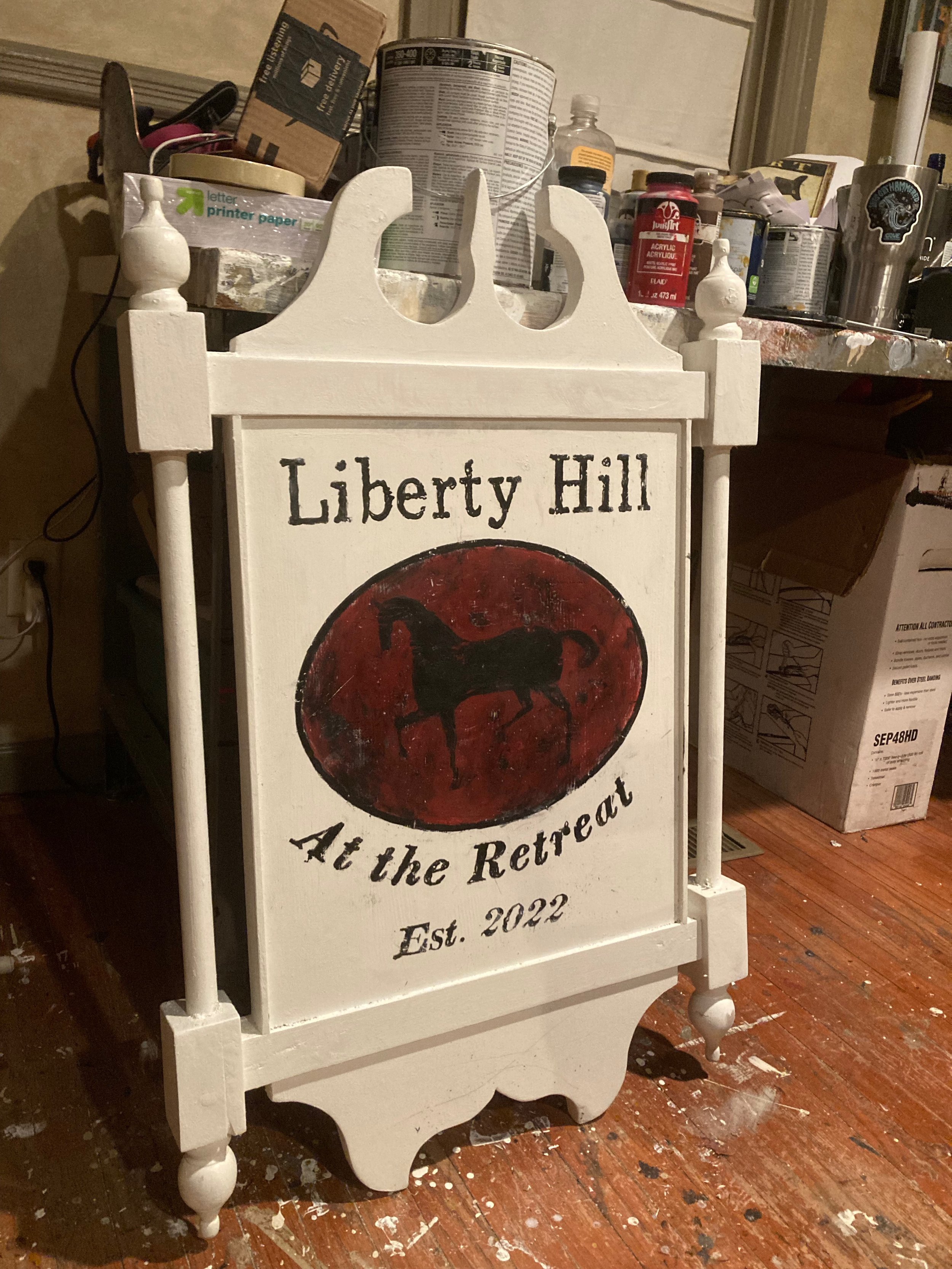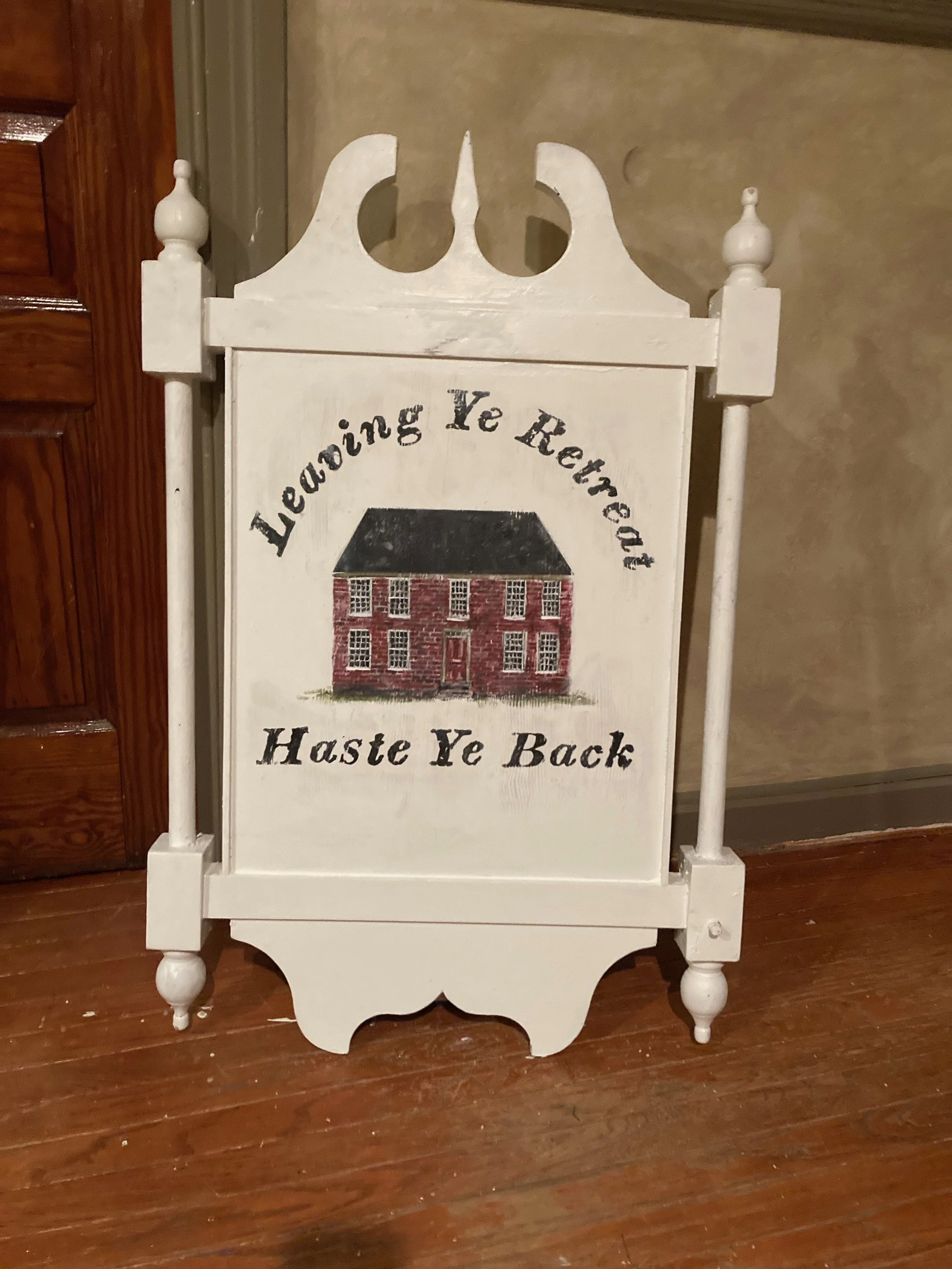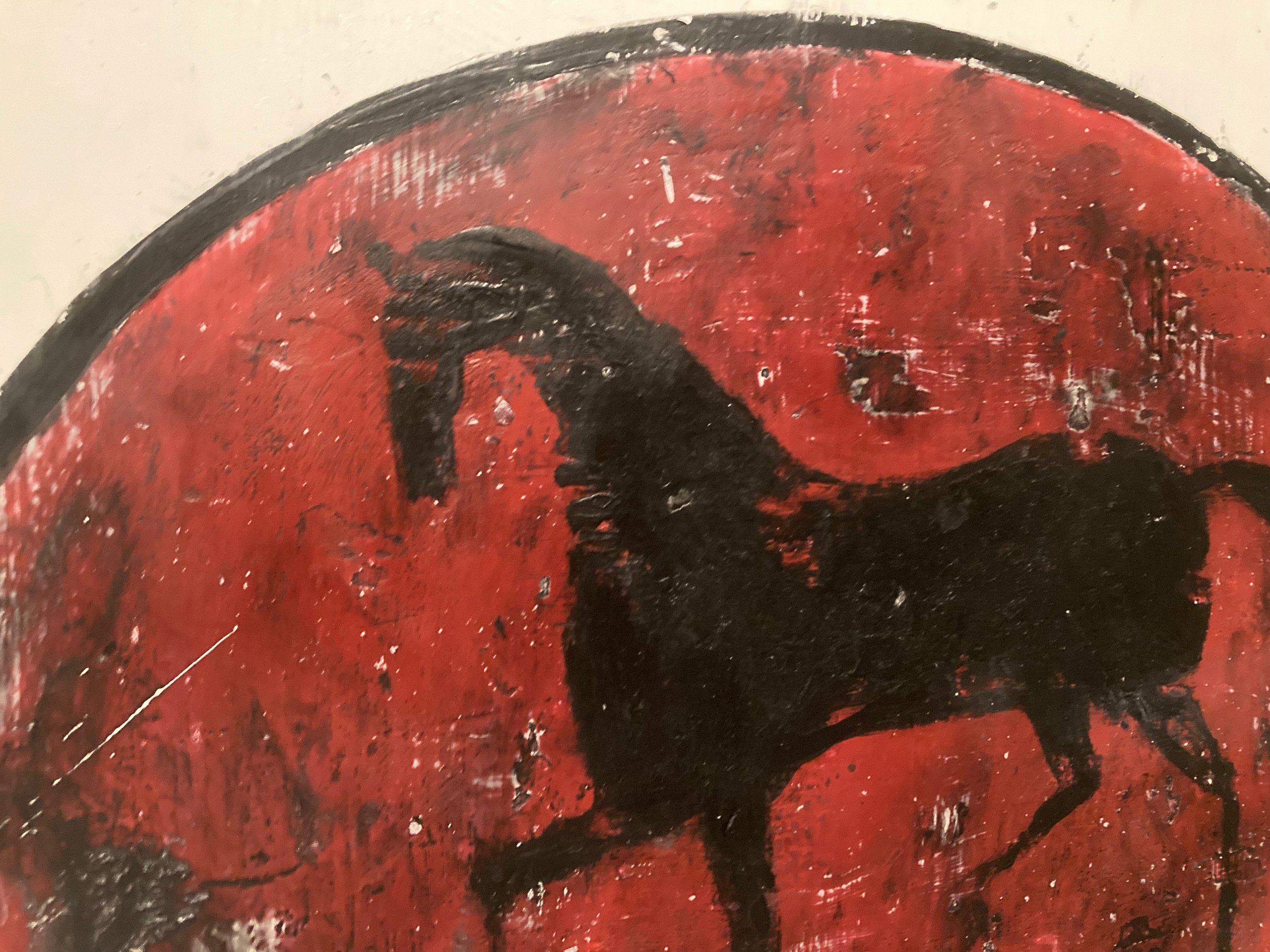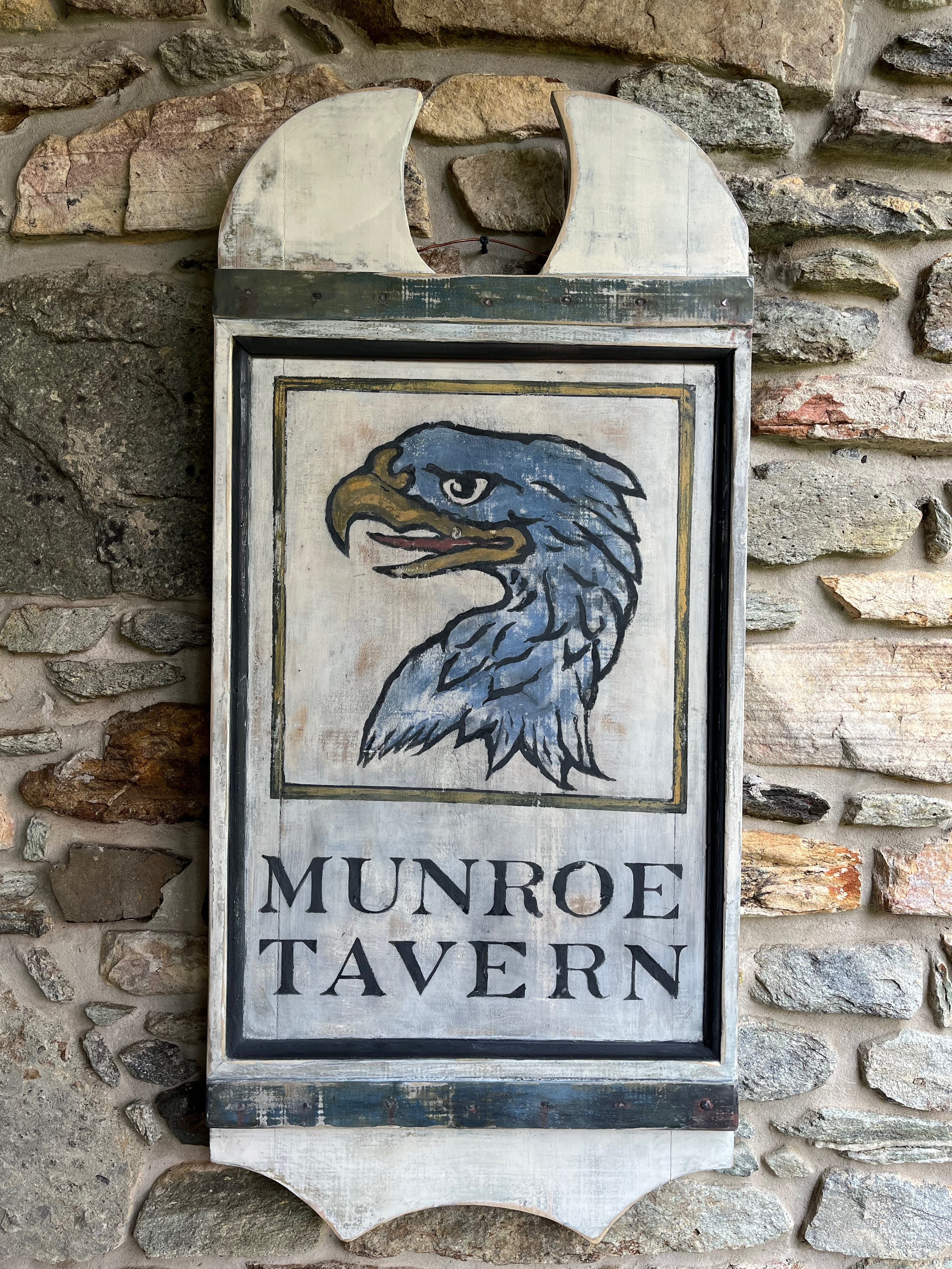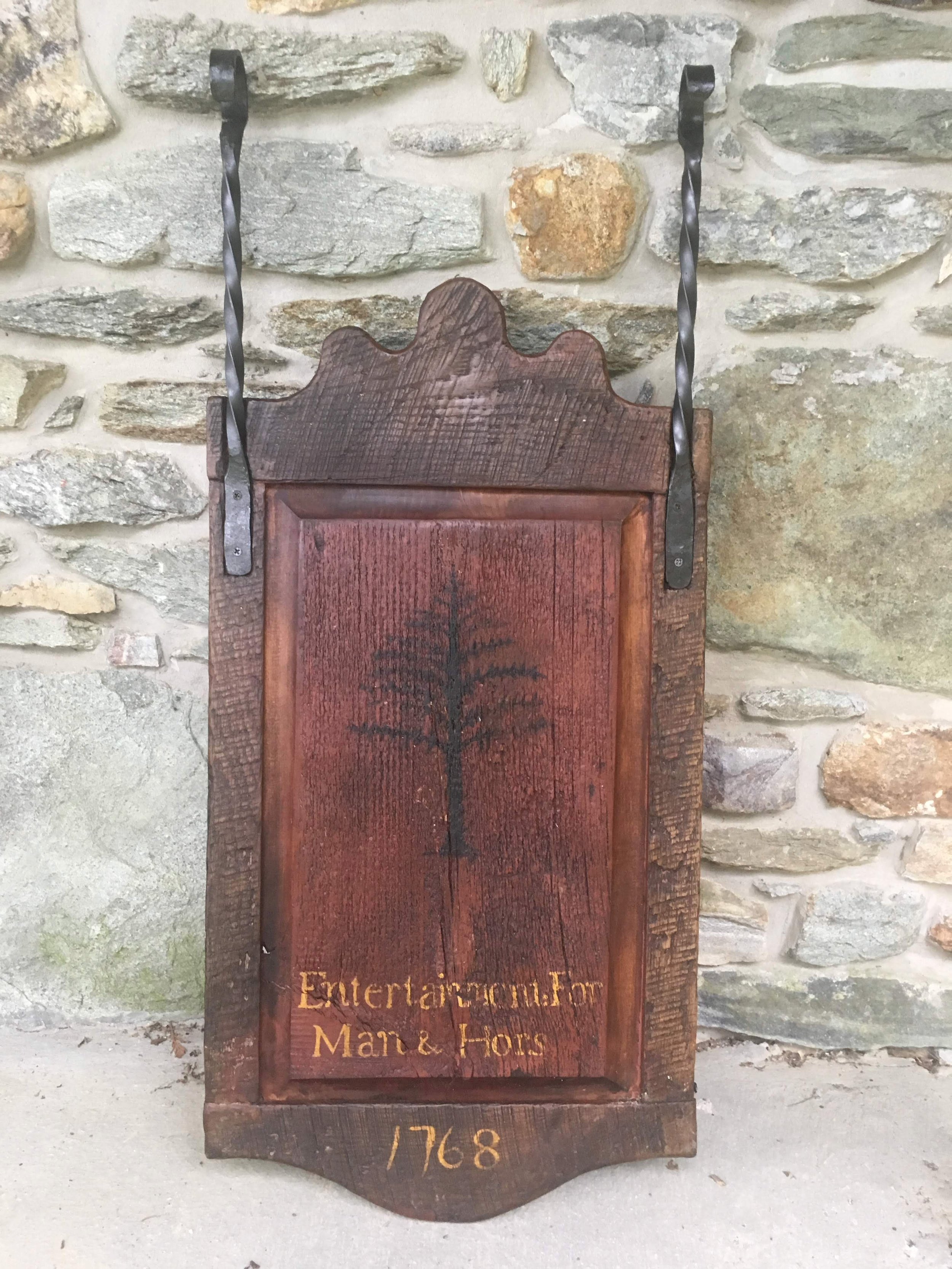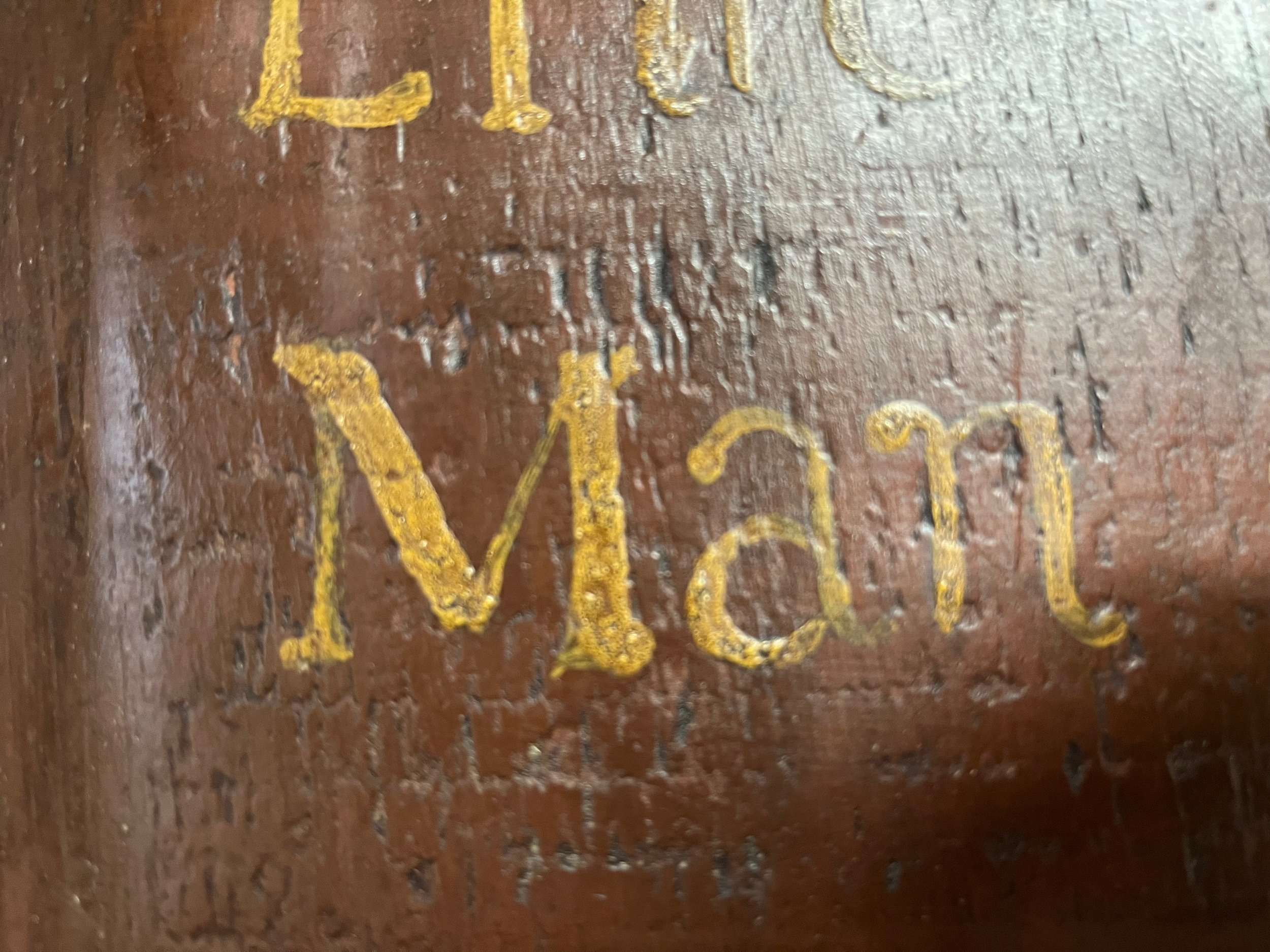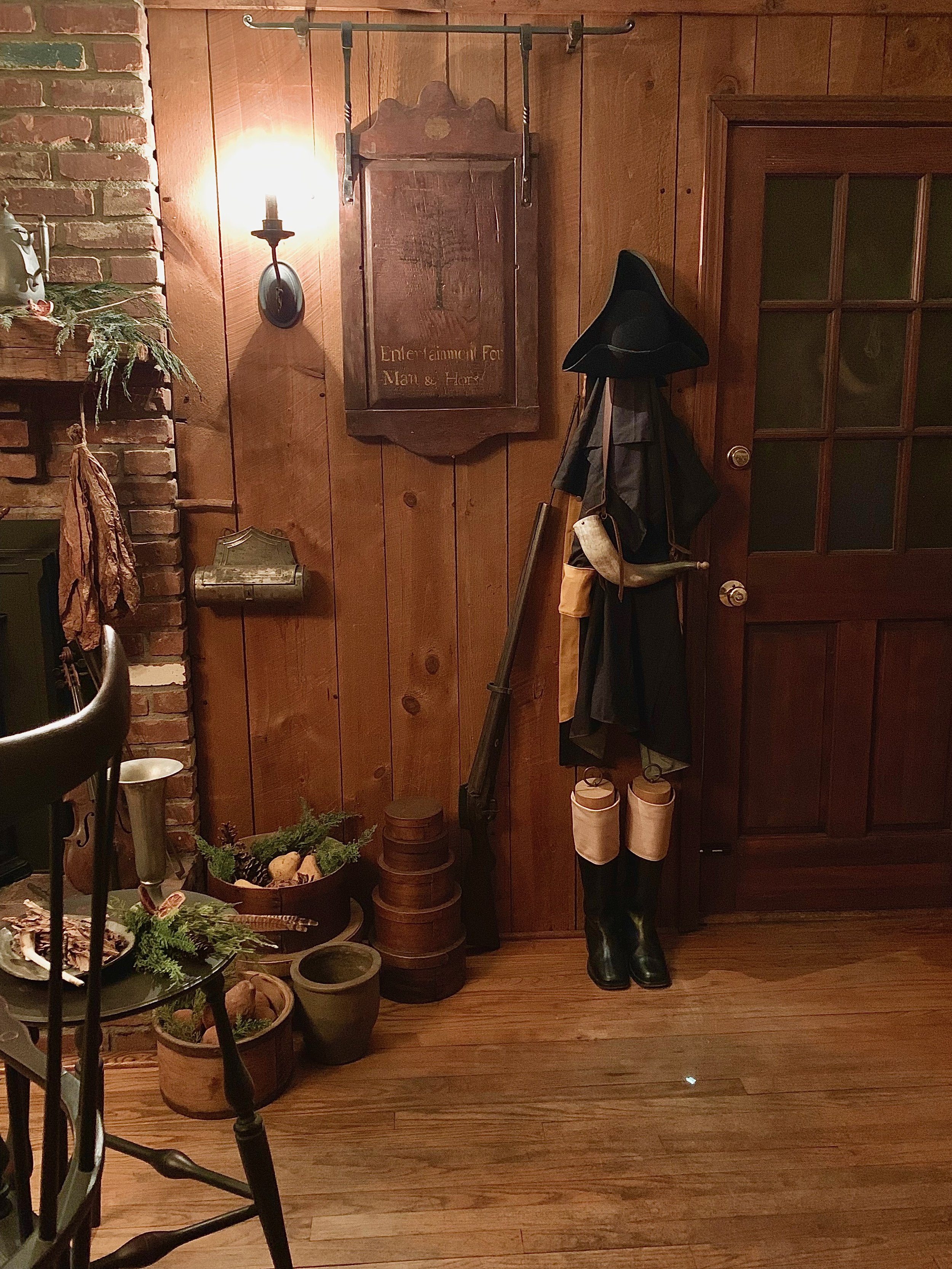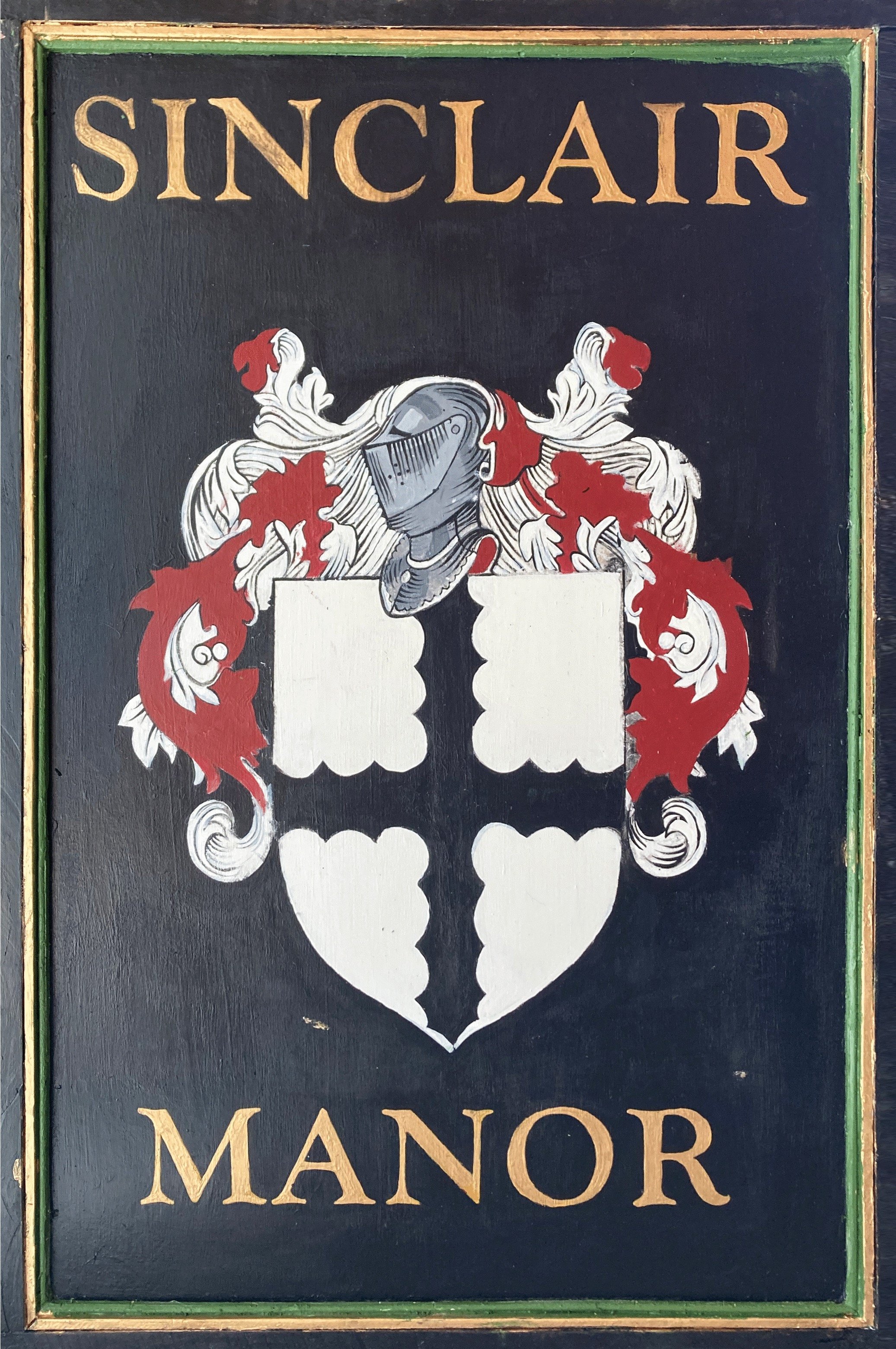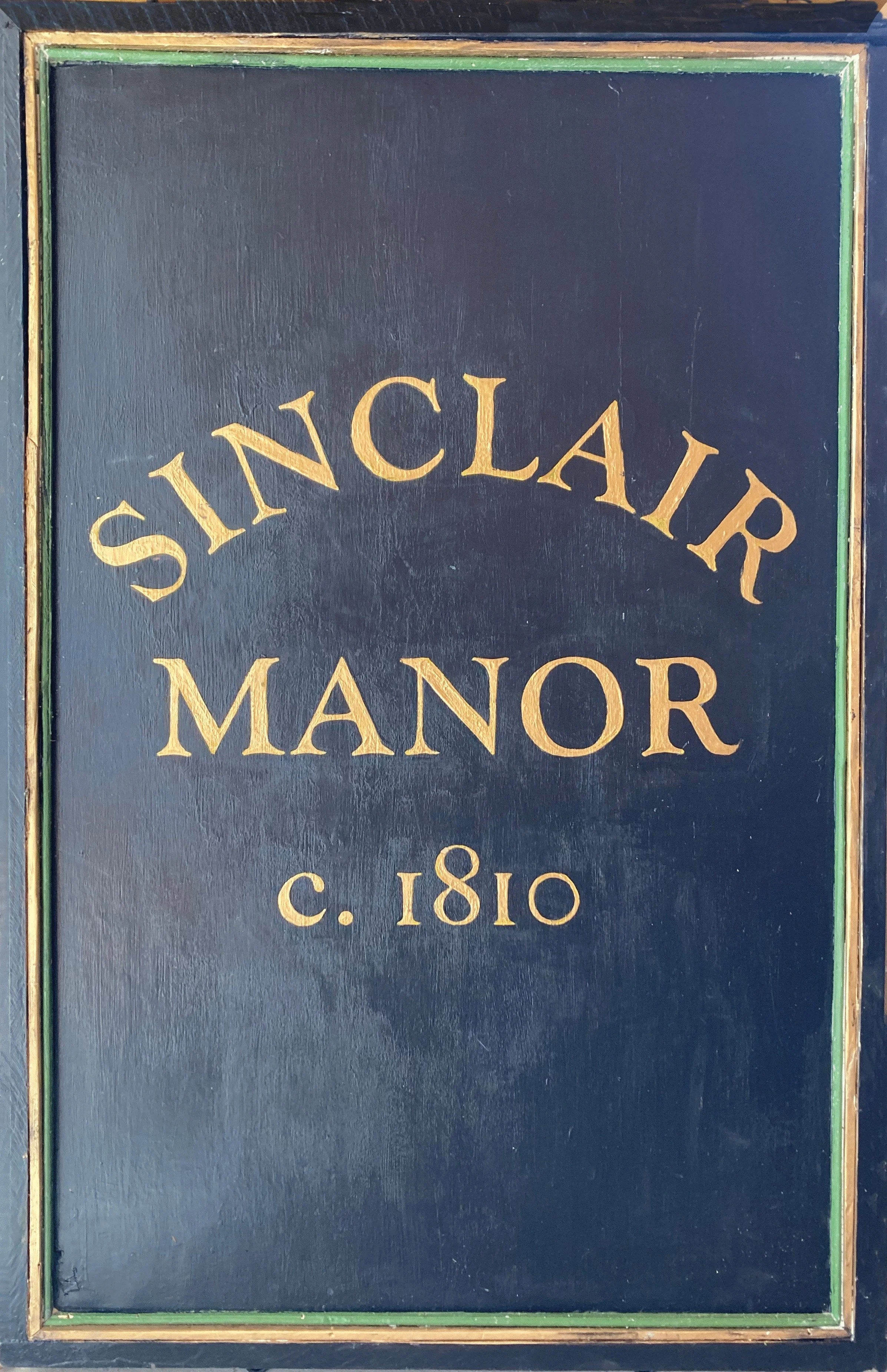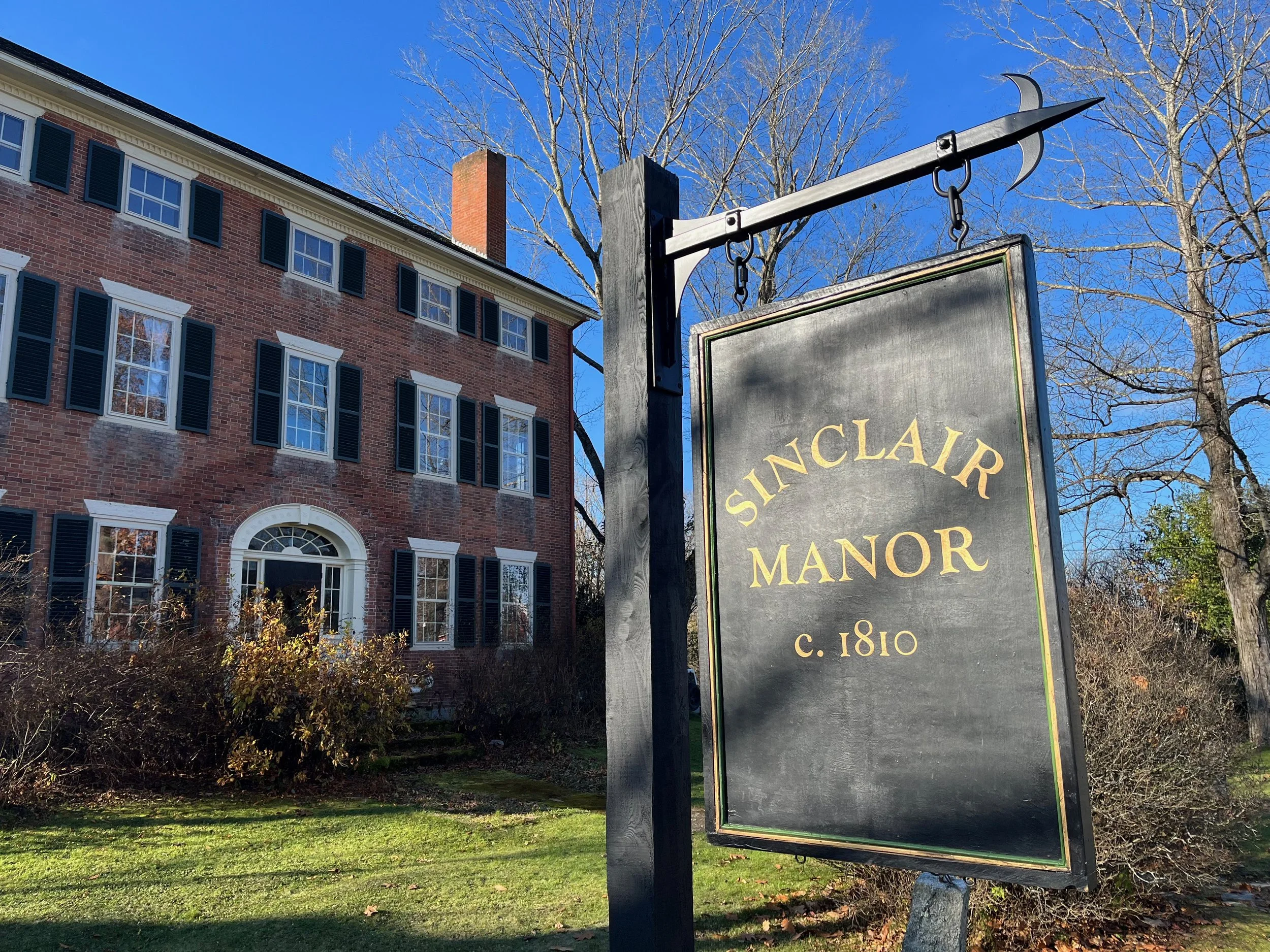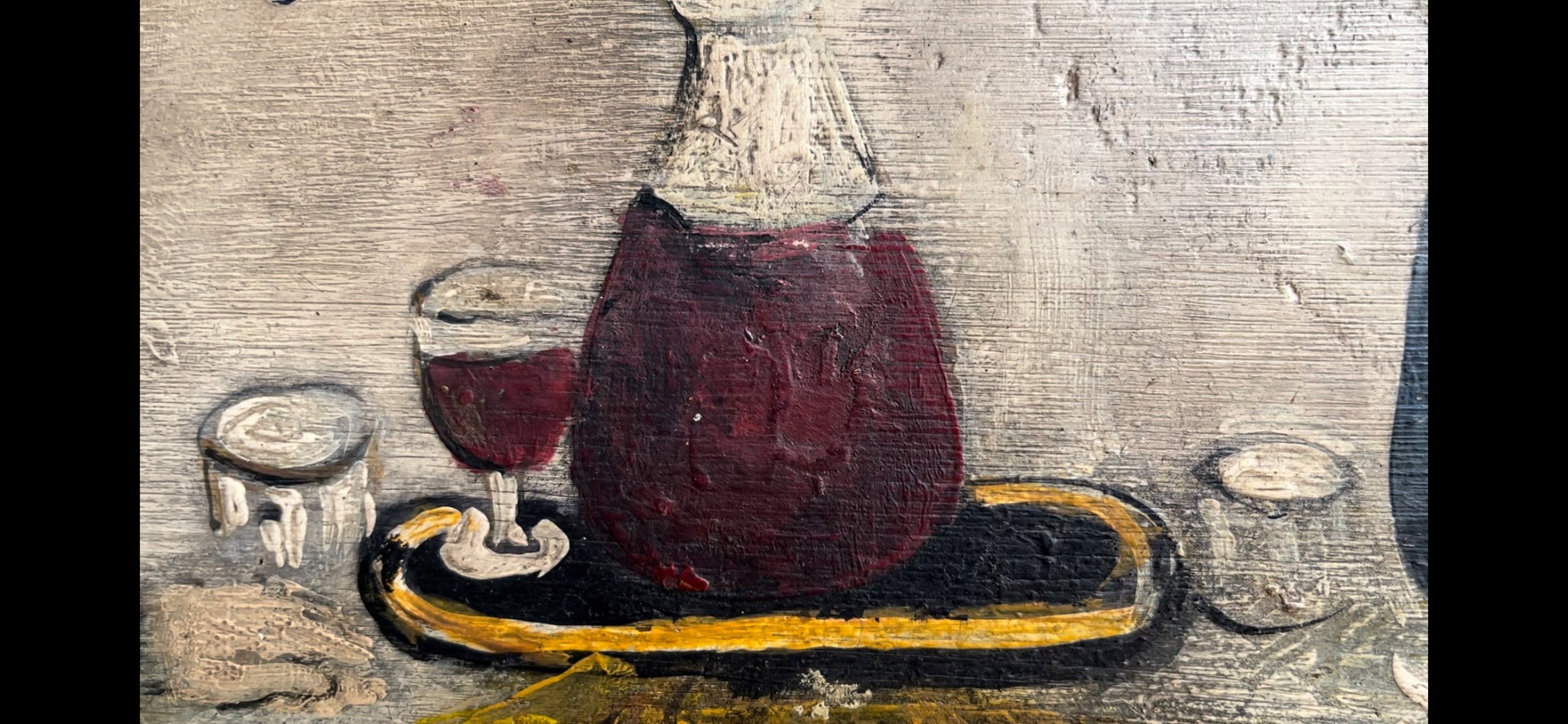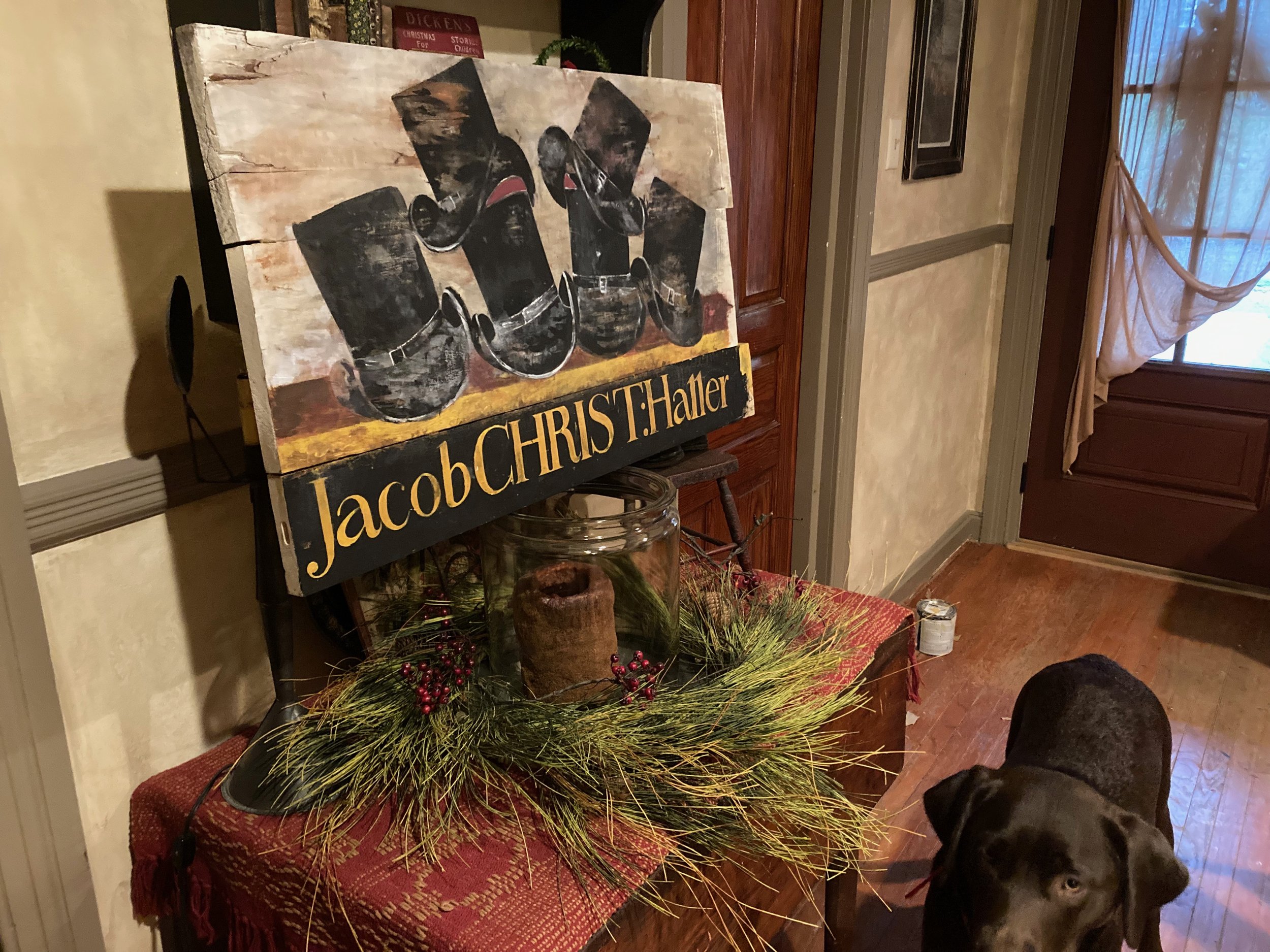What has Andy been up to?
Whenever I set about writing a new blog entry, I realize that it comes with a degree of guilt. The guilt stems from the fact that all too much time exists between entries - and - for any of my dedicated followers - I know Many of you enjoy seeing more of my work on a regular basis.
Nevertheless, you are reading this now, which means I have taken a slight pause from my production to share a few odds and ends with you. Trust me - creating this blog entry is the only thing I want to do, considering the heat wave of south-central Pennsylvania has severely limited my desire to work in the barn. No sweating through shirts today… The thermometer in my truck read 100 degrees yesterday; I’ll take that as my cue to sit this one inside.
So, preparing this blog entry has taken me some time. I’m beginning to realize just how many signs I have made and the exciting stories behind each of them warrant more time than I am able to provide at this moment. To this point, I plan on photo-dumping a batch of images that represent a decent cross-section of my ‘recent’ work. Each sign will be accompanied by a detail pic or two, but that’s it. In the near future, I vow to follow-up with subsequent mini blog entries that aim to highlight several of the commissions. At this time, I will elaborate a bit more on the exciting backstories that surround them.
After all, isn’t that how a true “blog” is supposed to behave? A regular publication, not something issued once each year (or 2 years - as in this case). I mean, I can’t wait to tell you about the work I did for Historic Deerfield this past year. Oh - and the sign I made for an historic film series… that’s coming too!
Okay - so, here are the pics… enjoy! Hang tight for more in the near future.
